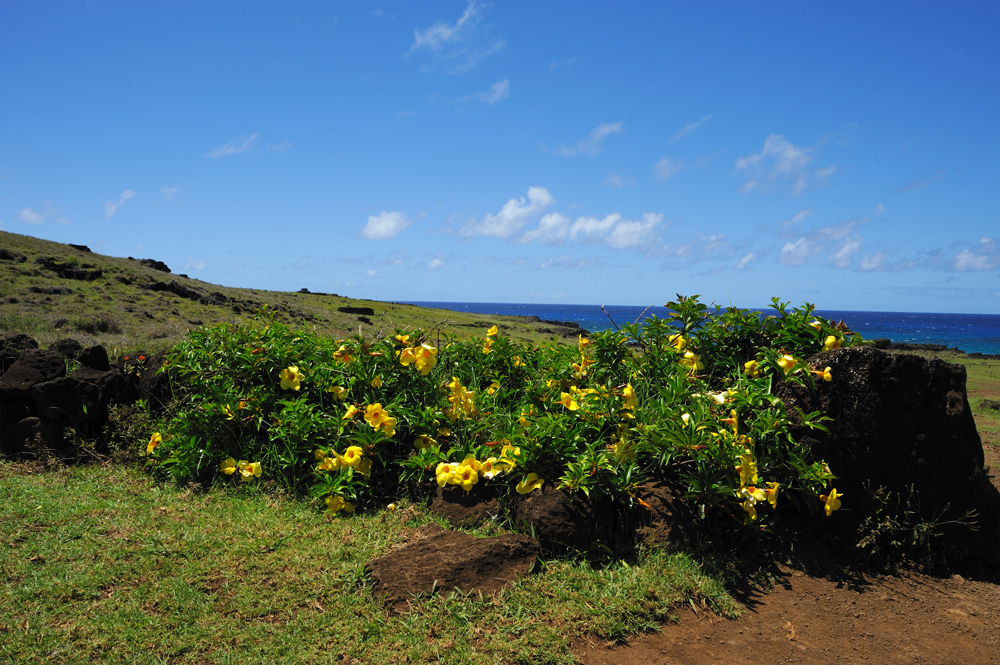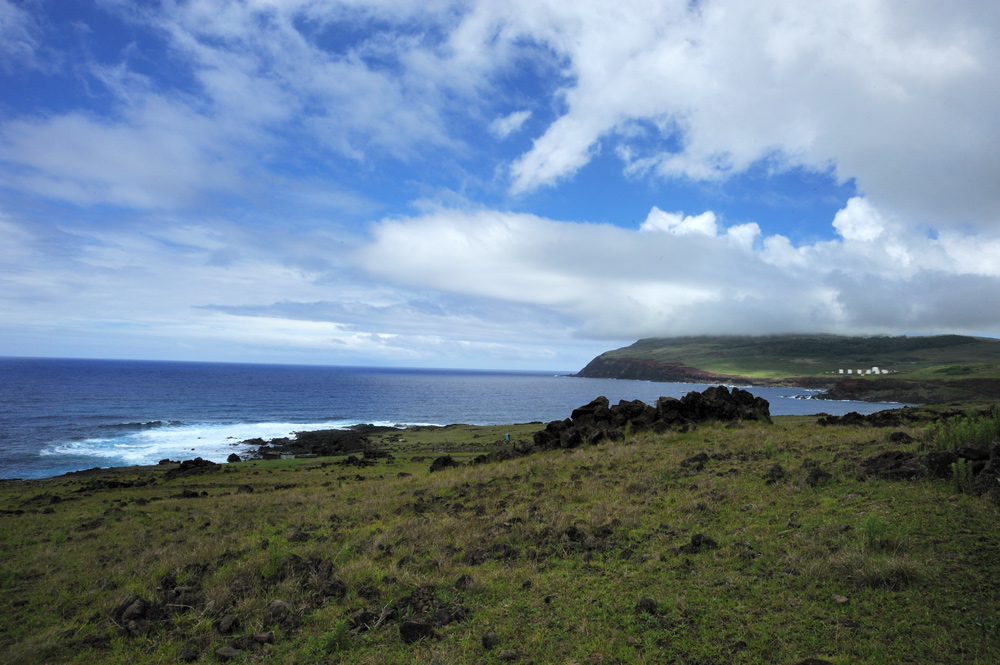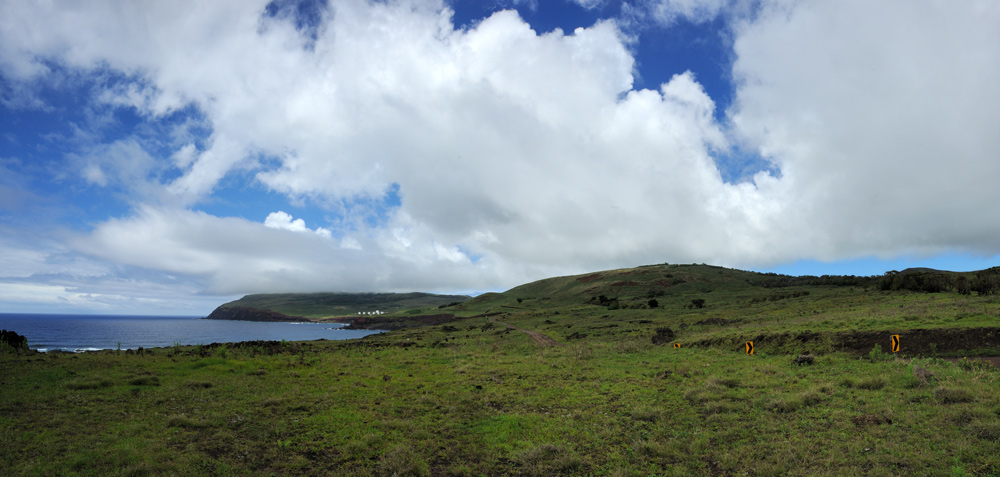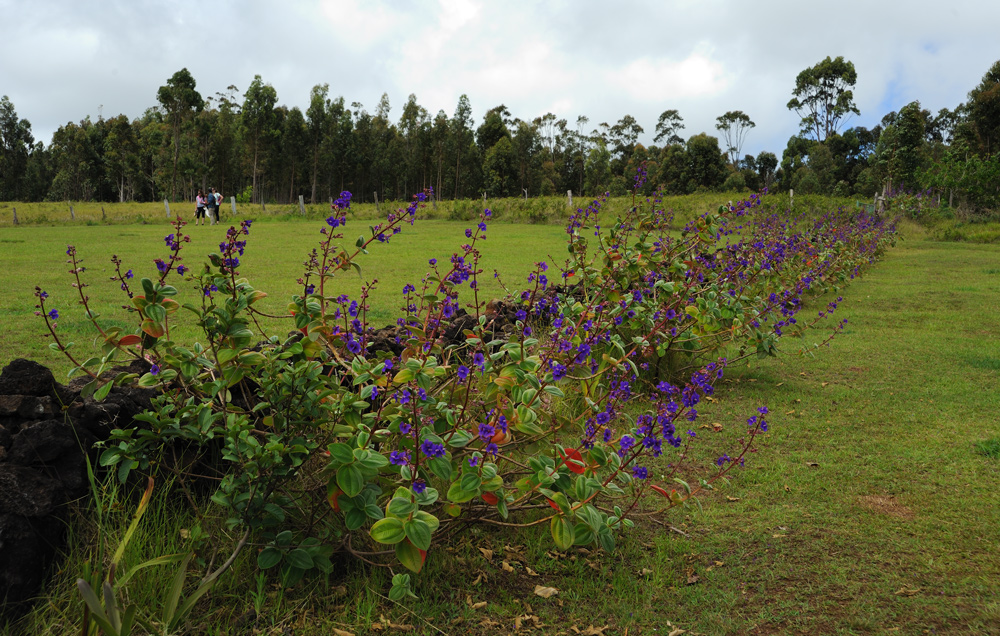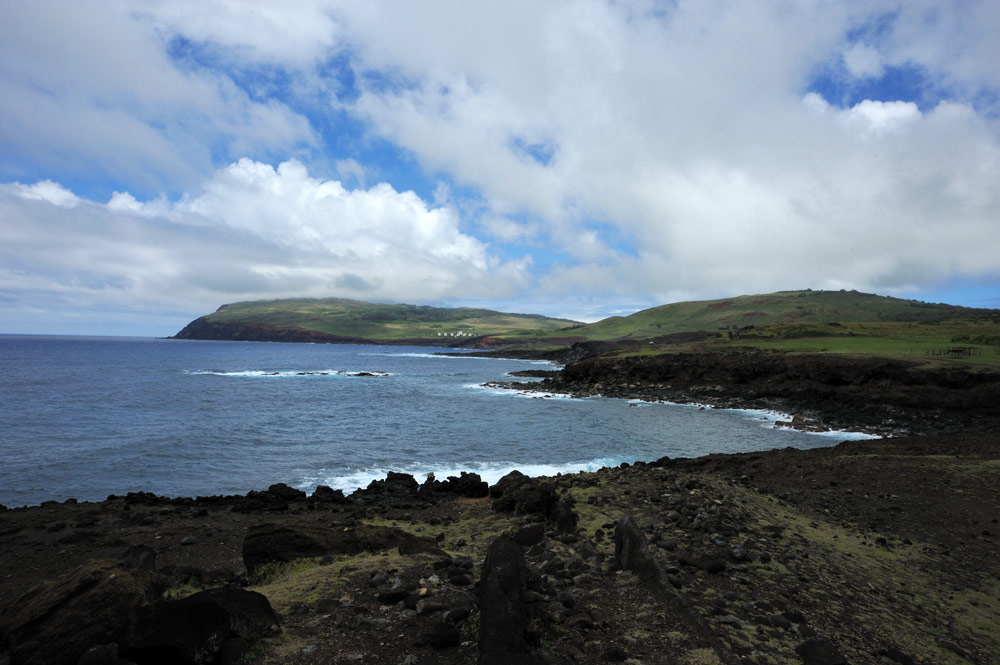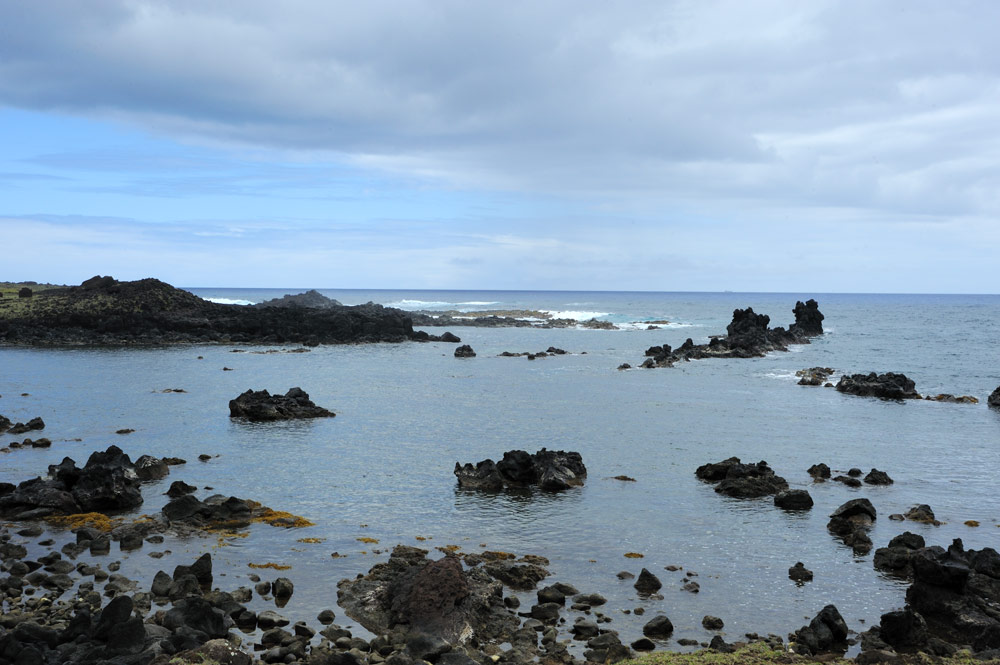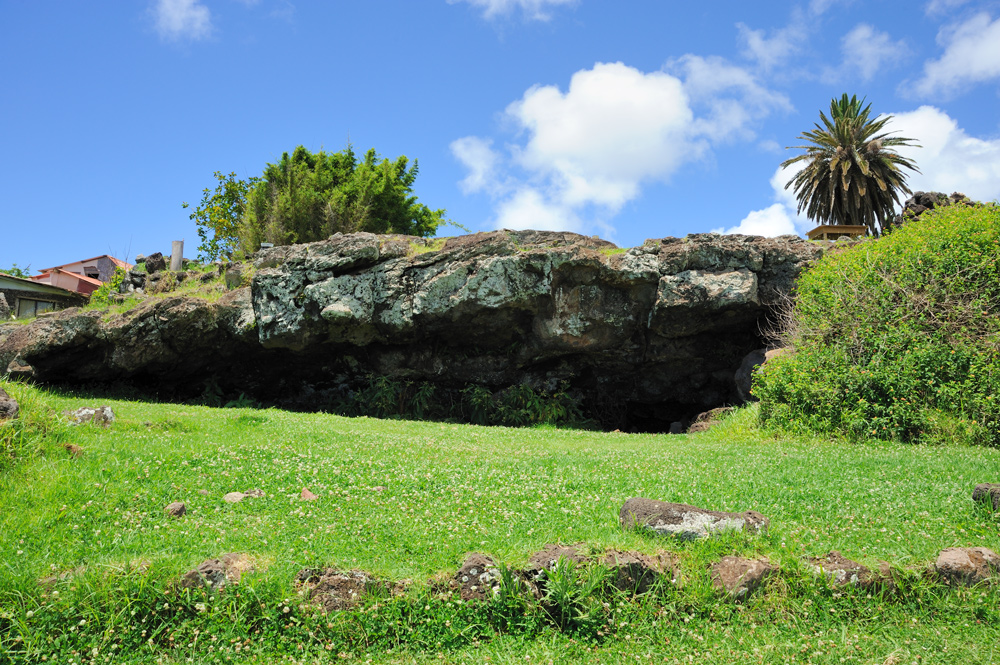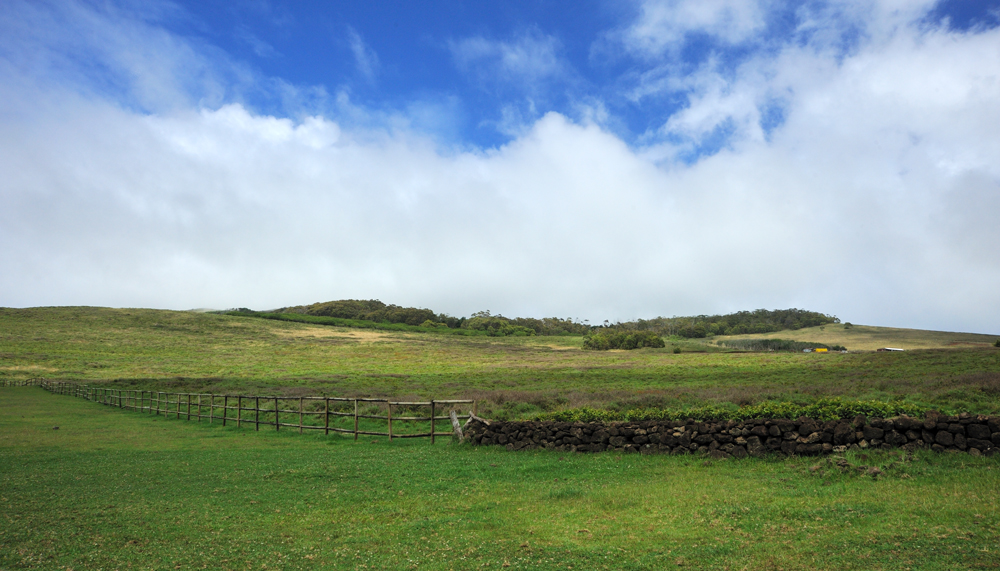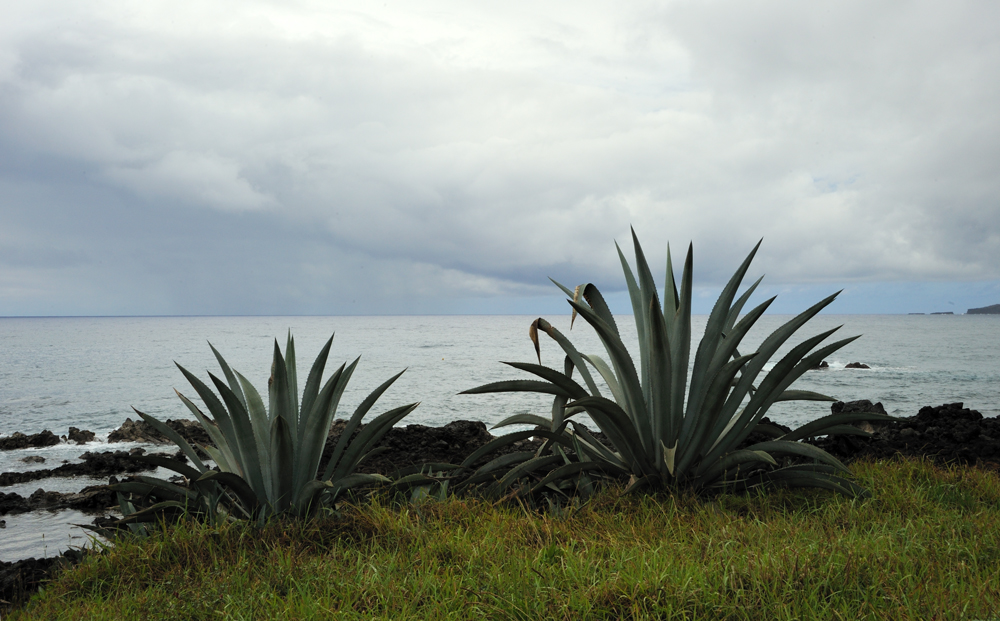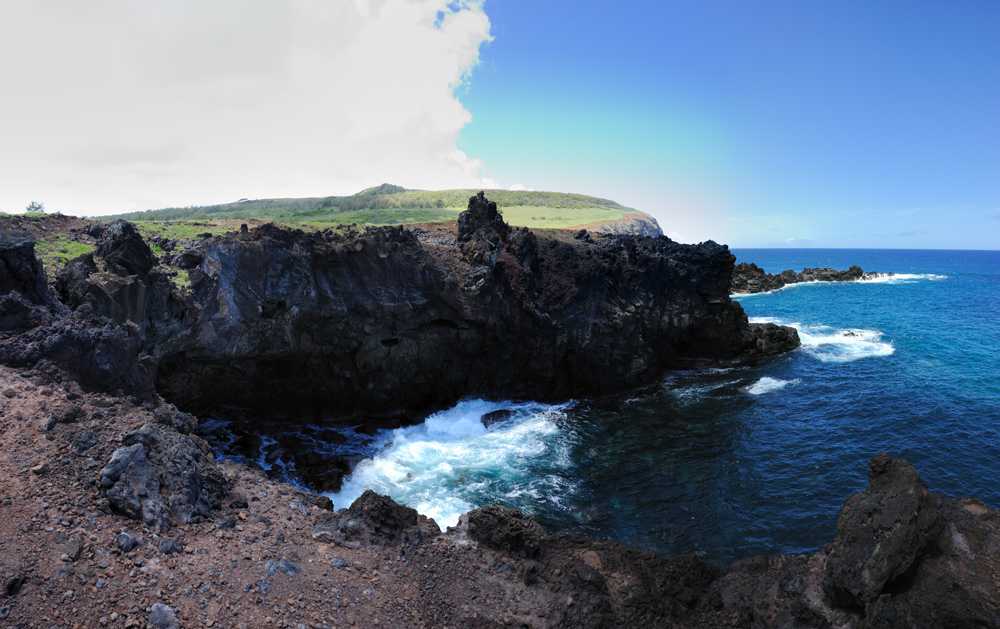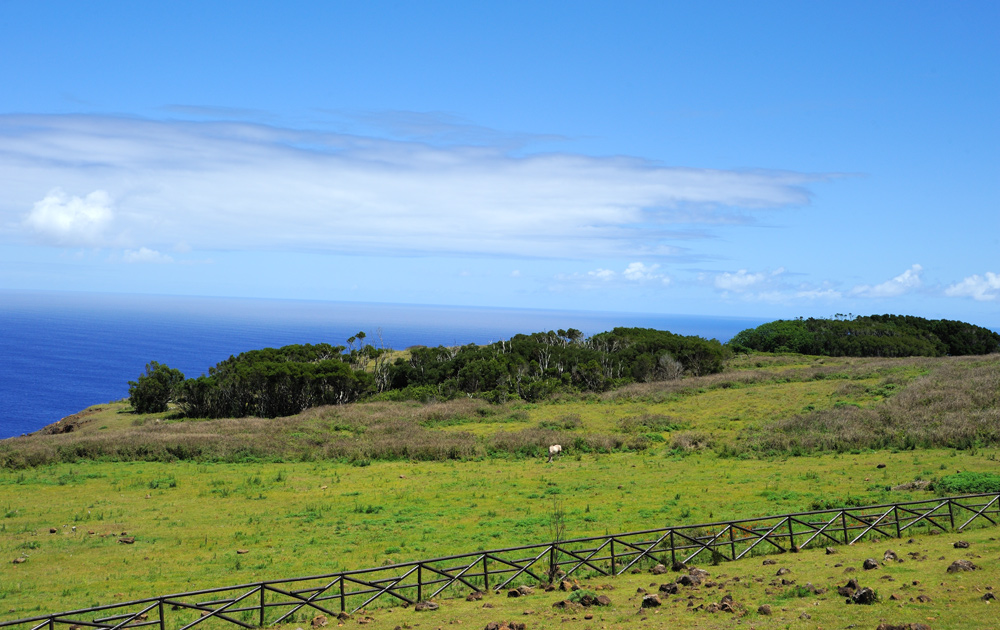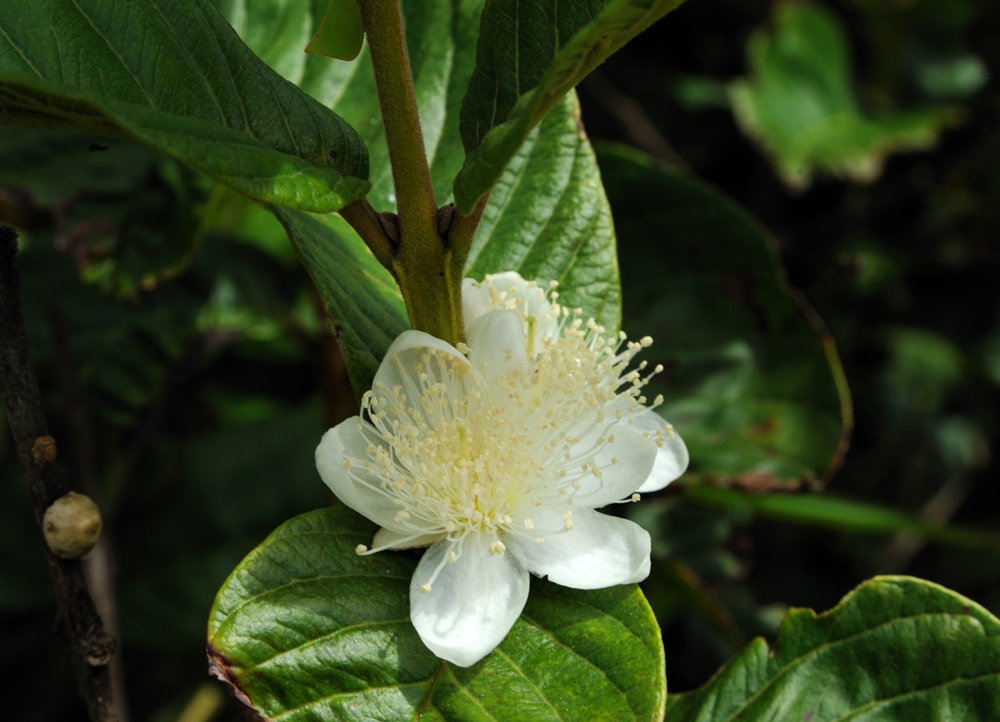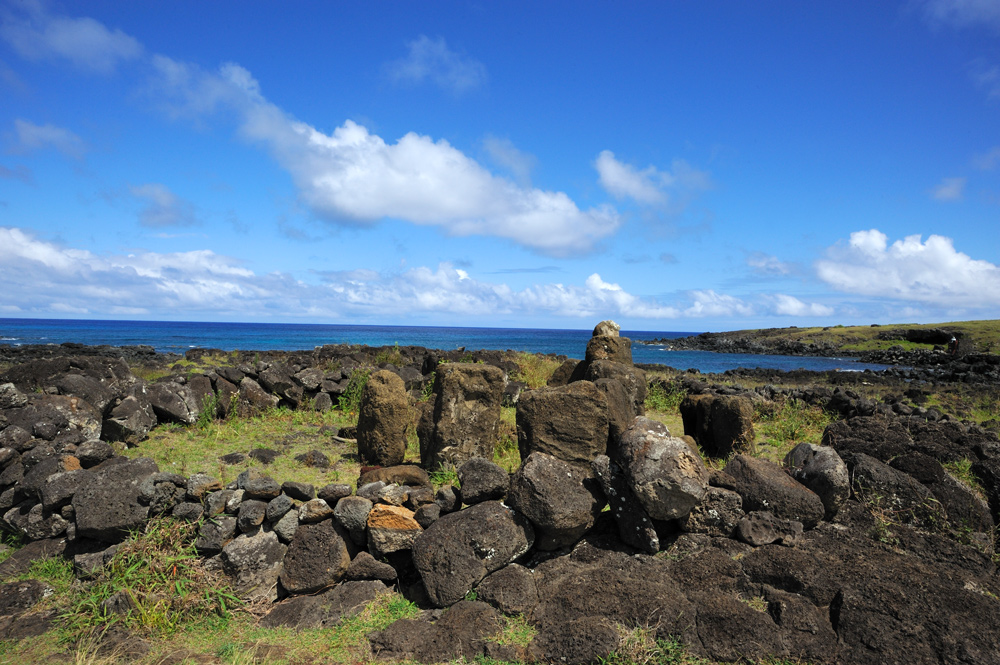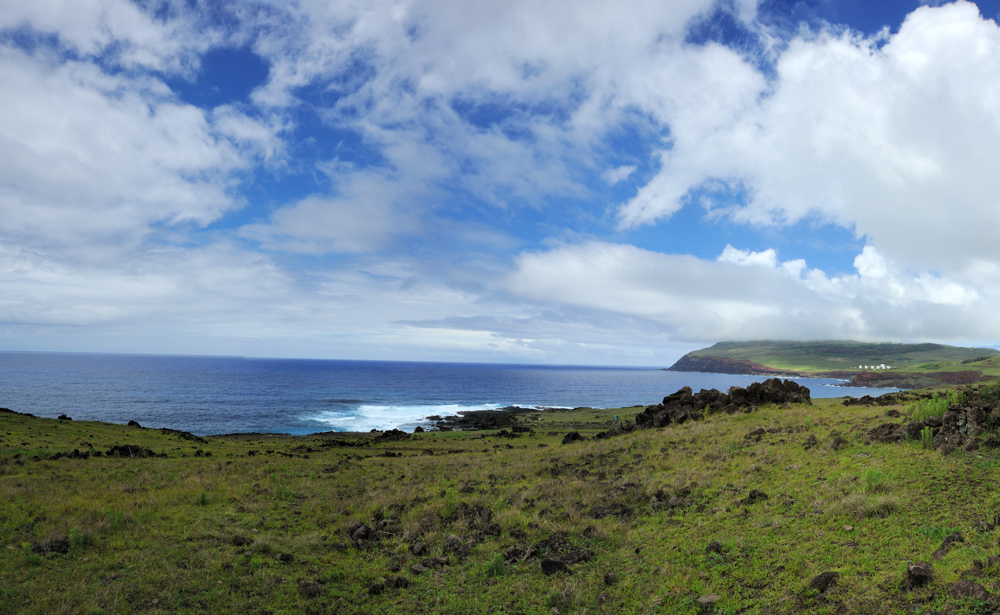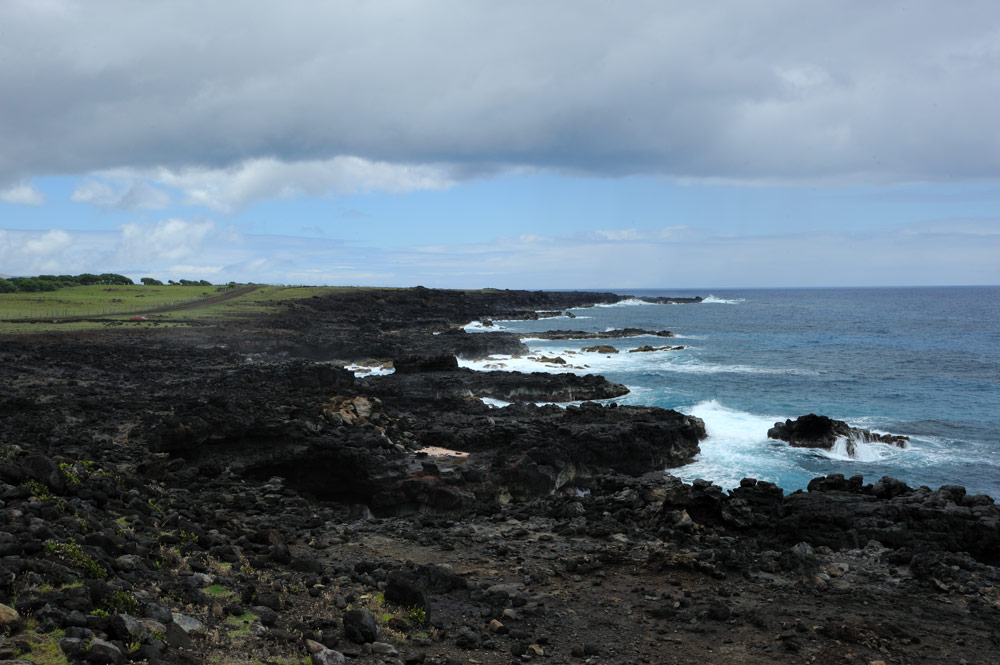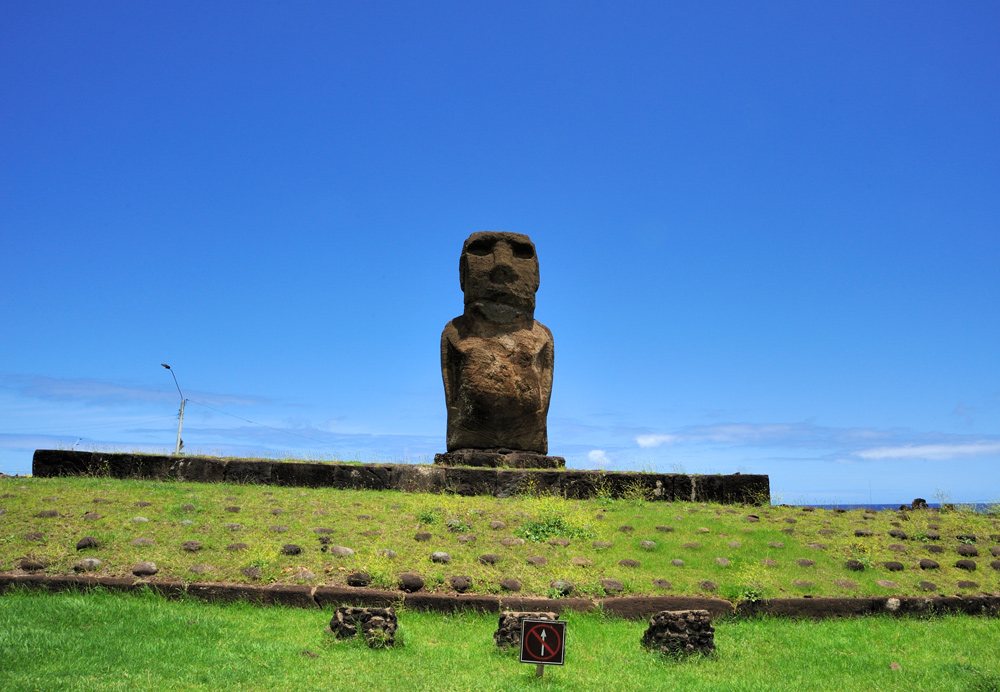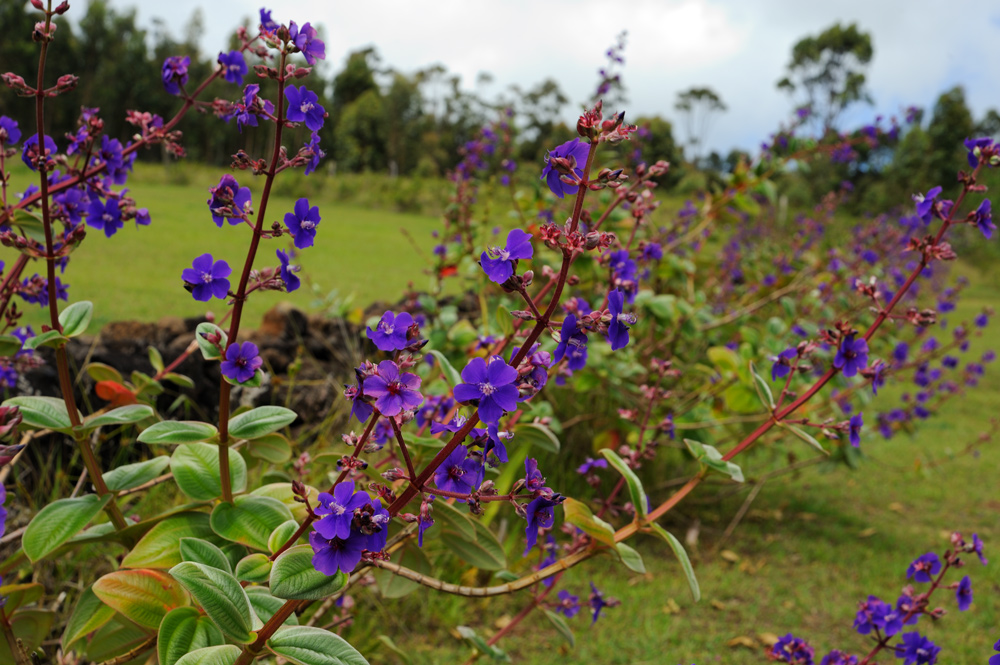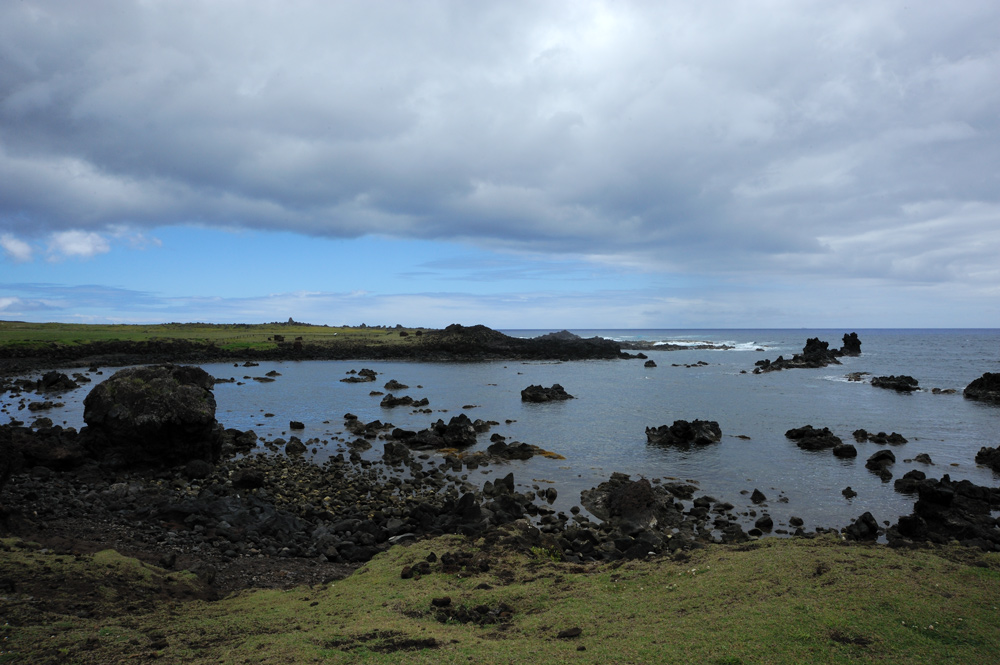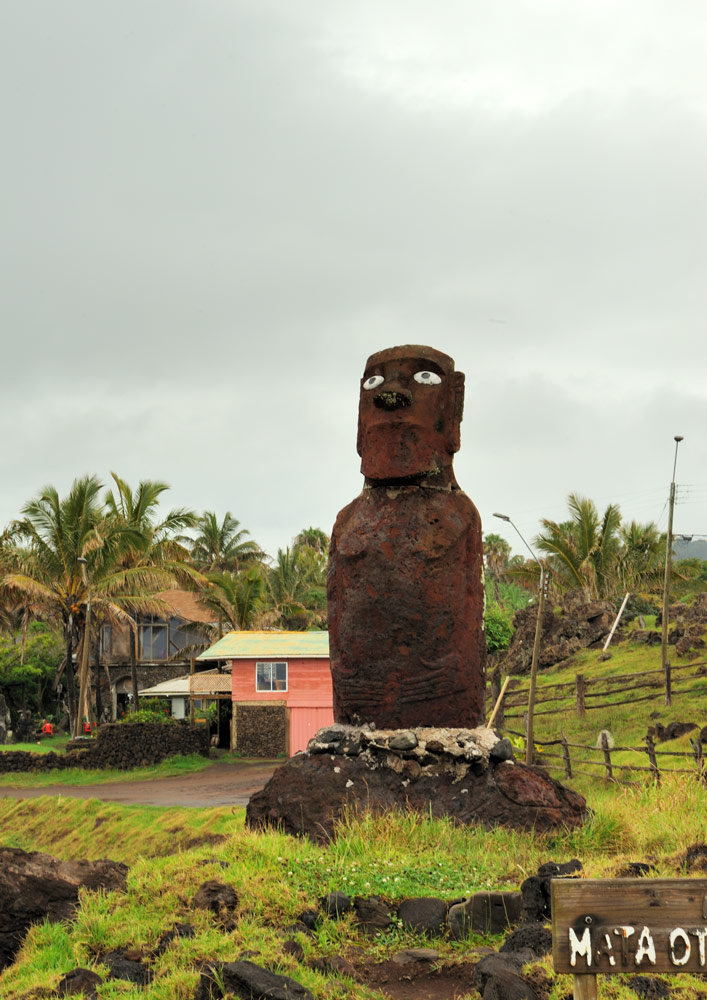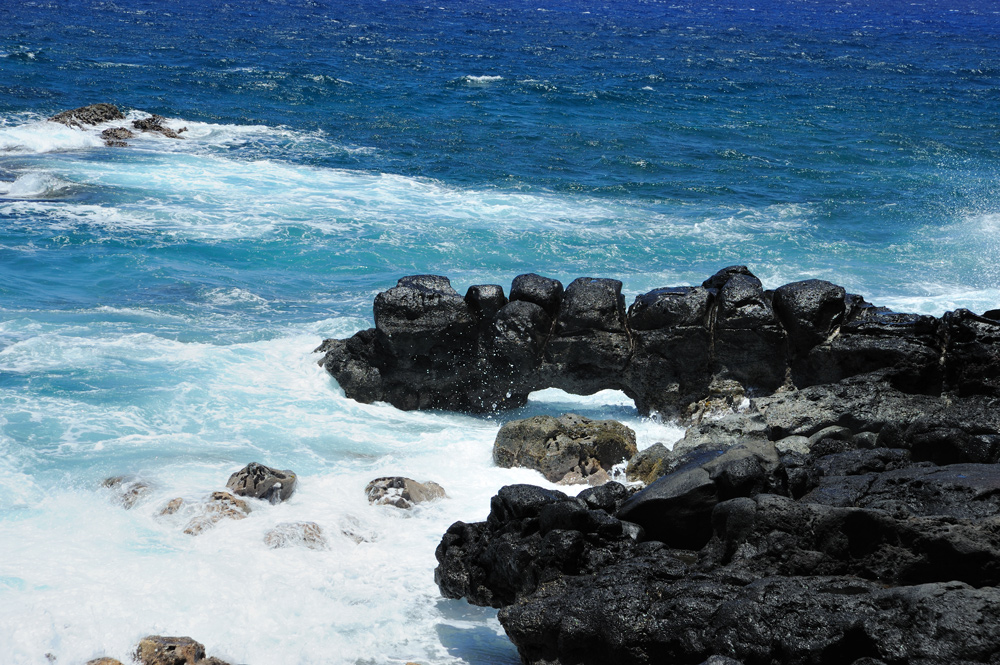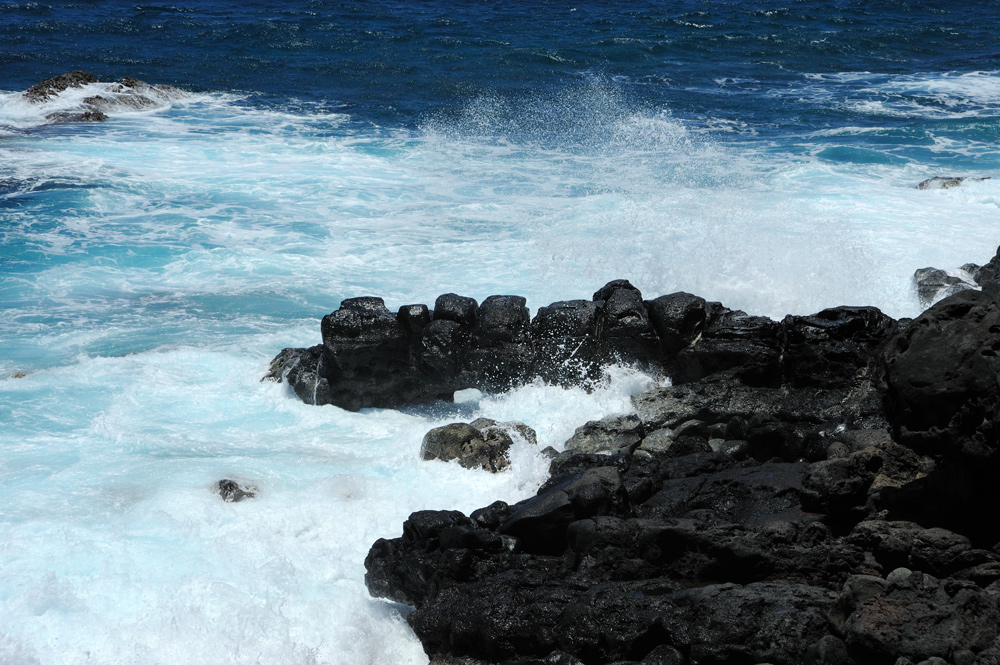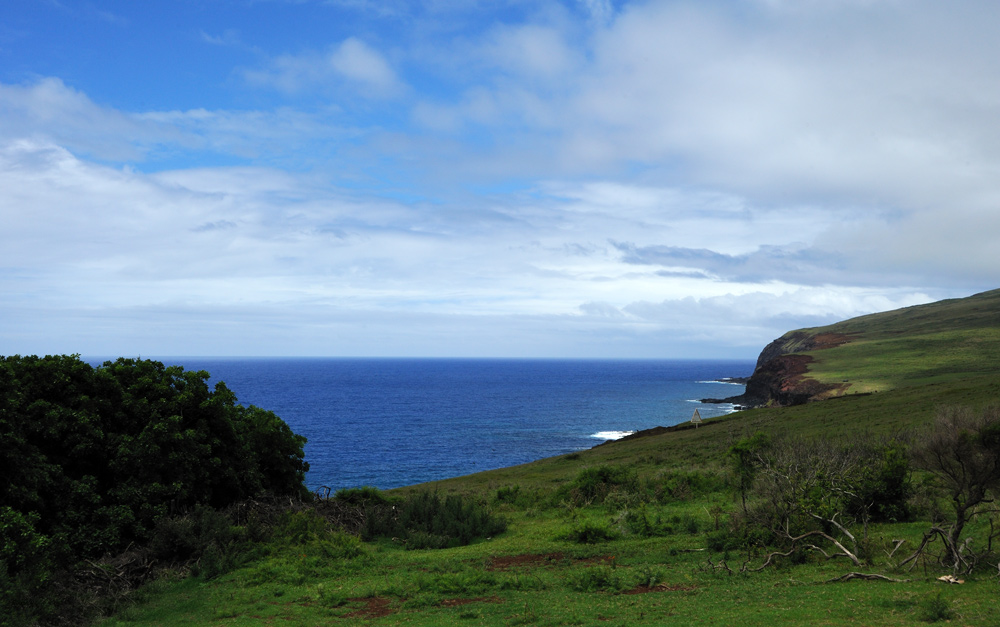
Part One
Part Two
Part Three
Part Four
So, the aborigines suddenly appeared out of the thin air.
Actually, they appeared from underground.
Eastern Island, as any volcanic island, is completely caved piece of ground. Huge lave tubes, small lava tubes, and lave chambers make plenty of different cavities inside the island. During the period of mutual extermination, the islanders almost left the land surface, neglected their villages, and hid in the caves.
They preferred small caves with very narrow entrances. They even made entrances more narrow to make them more protective from unfriendly neighbours.
In these caves, the islanders hid themselves, hid their goods, and performed religious rituals.
Leaving their holes, they wandered around looking for neighbours to kill or rob. It was the natural life of Morlocks.
Usually, an entrance to a lava tube is a hole in the ground. It is a break in the tube ceiling.
This is the entrance in the cave in the middle of the island.
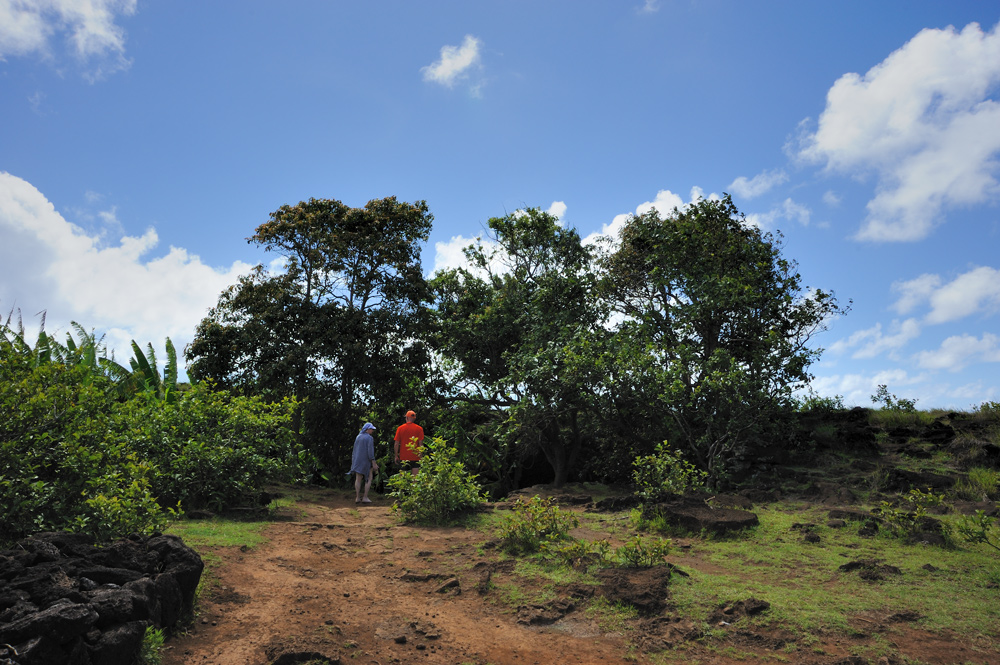
Such holes keep rainwater well, and, if the hole is big enough, plants populate it successfully.
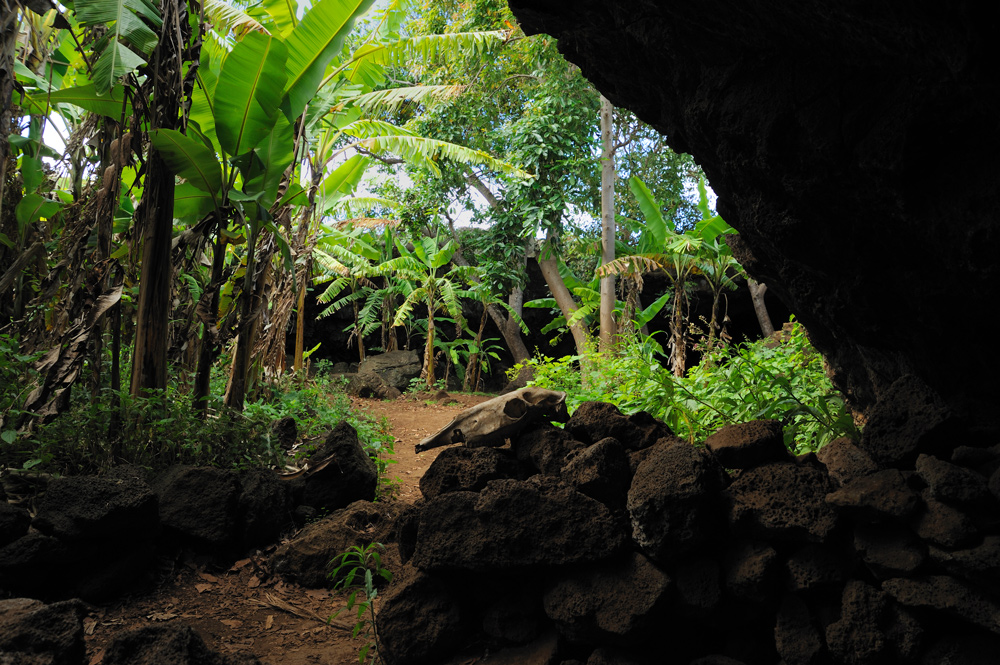
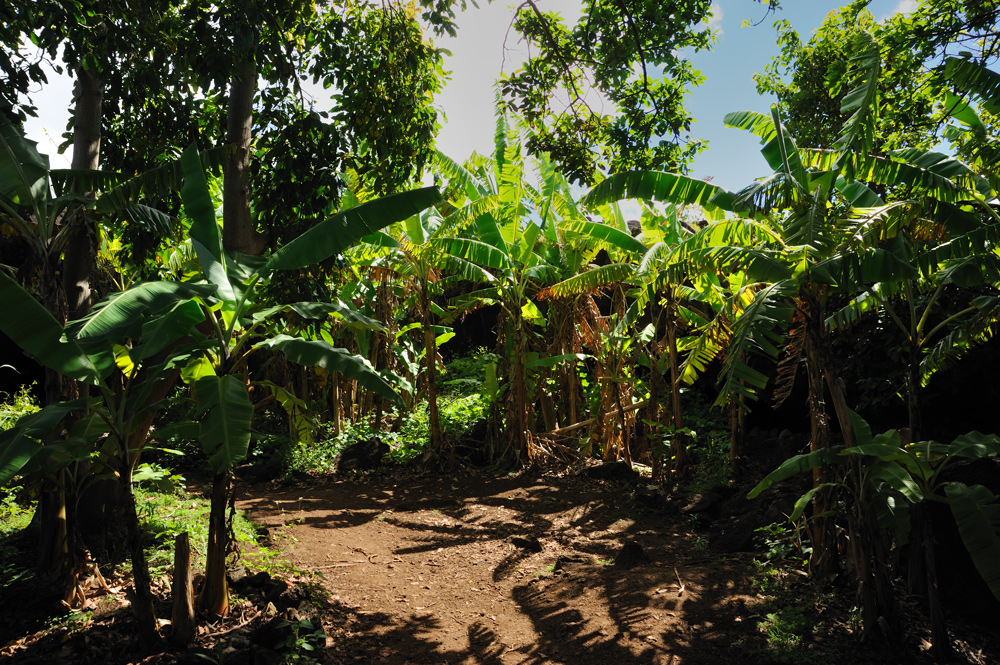
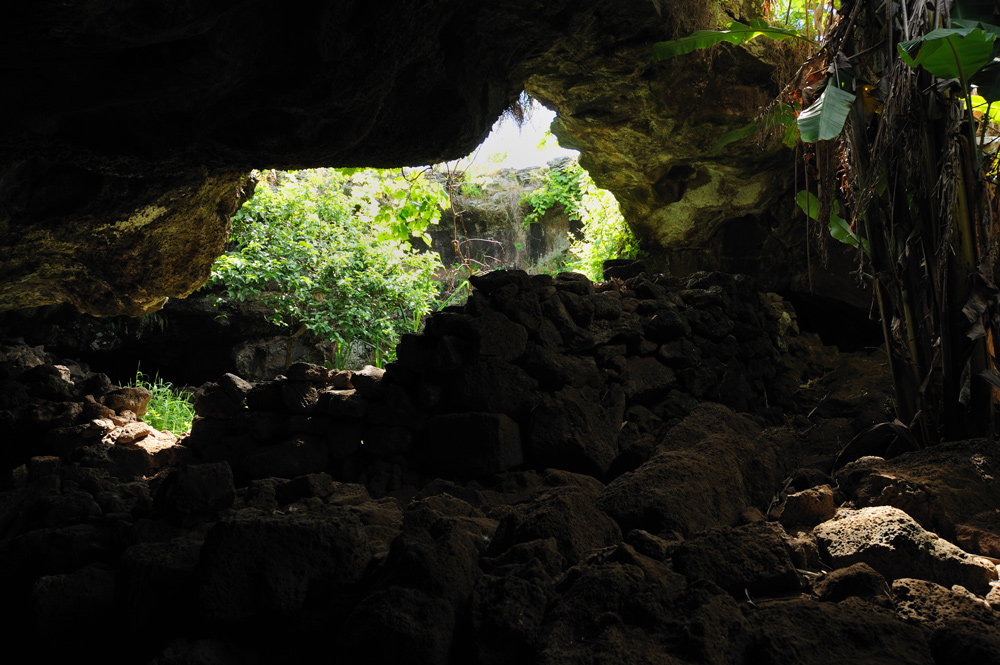
Very often the cave has several entrances.
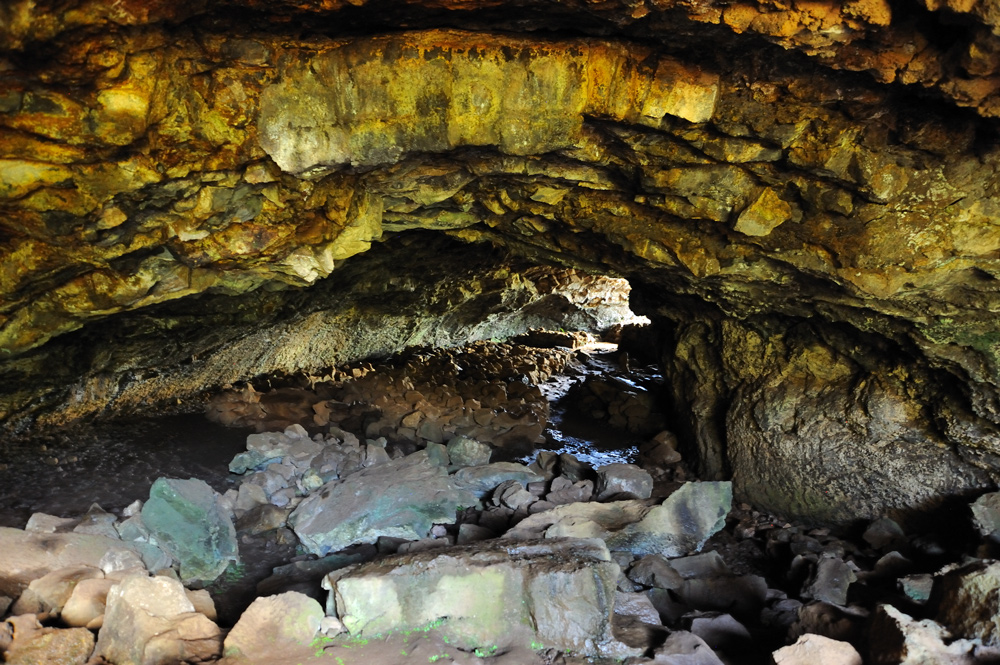
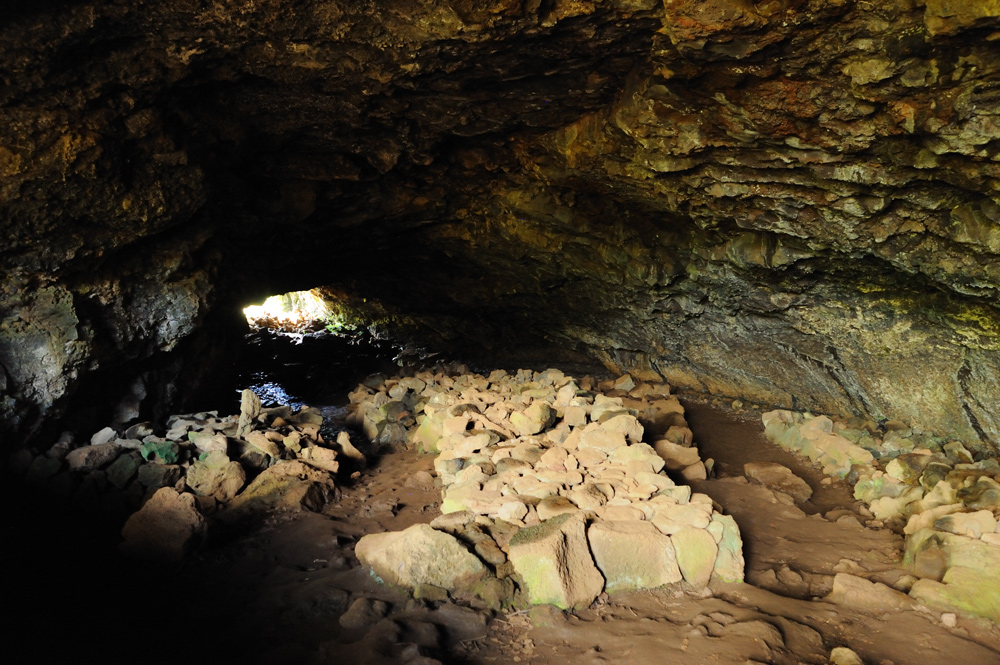
Caves on the shore often have one entrance on the flat surface and other on the cliff above the ocean.
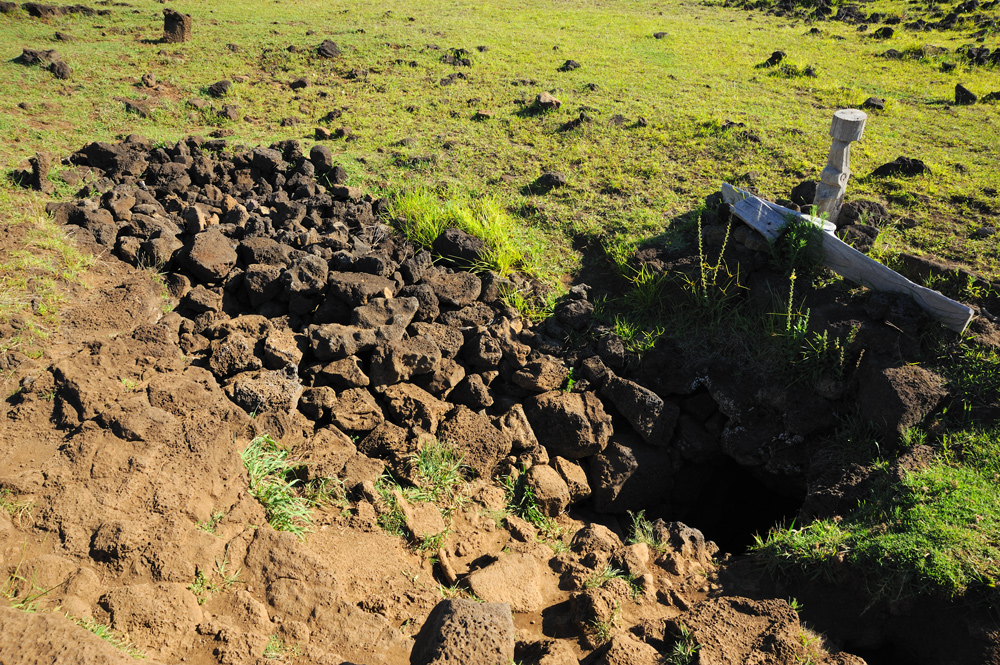
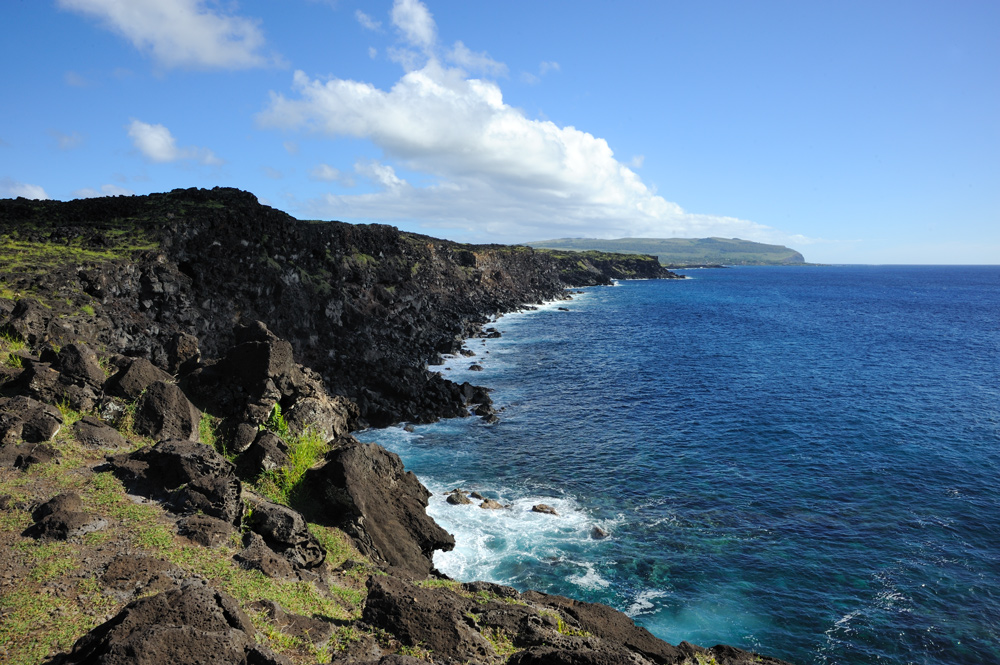
Many caves are difficult to detect that was beneficial for their inhabitants.
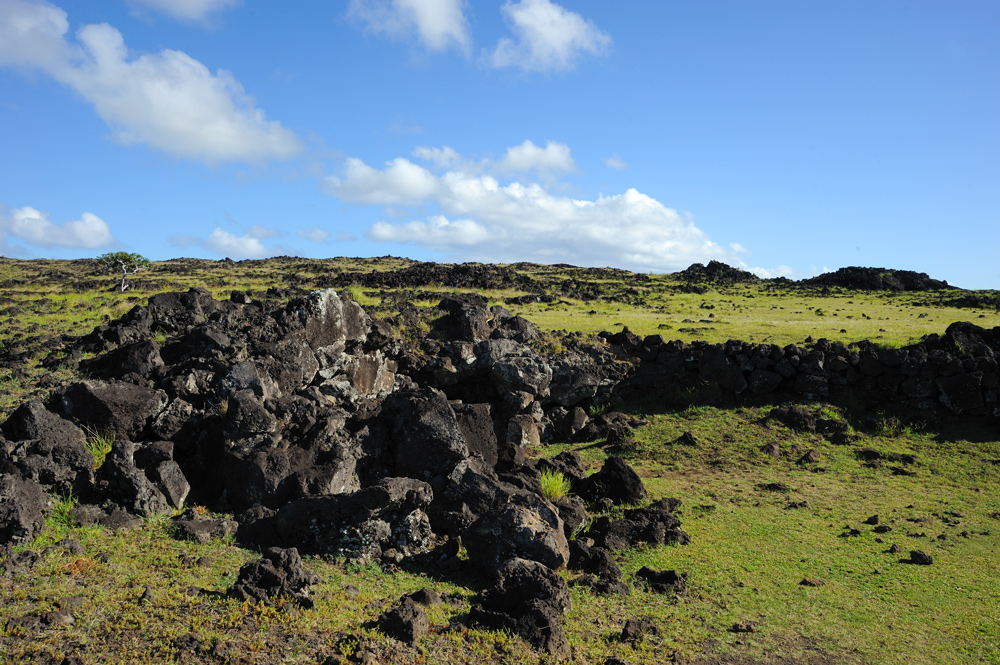
The entrance.
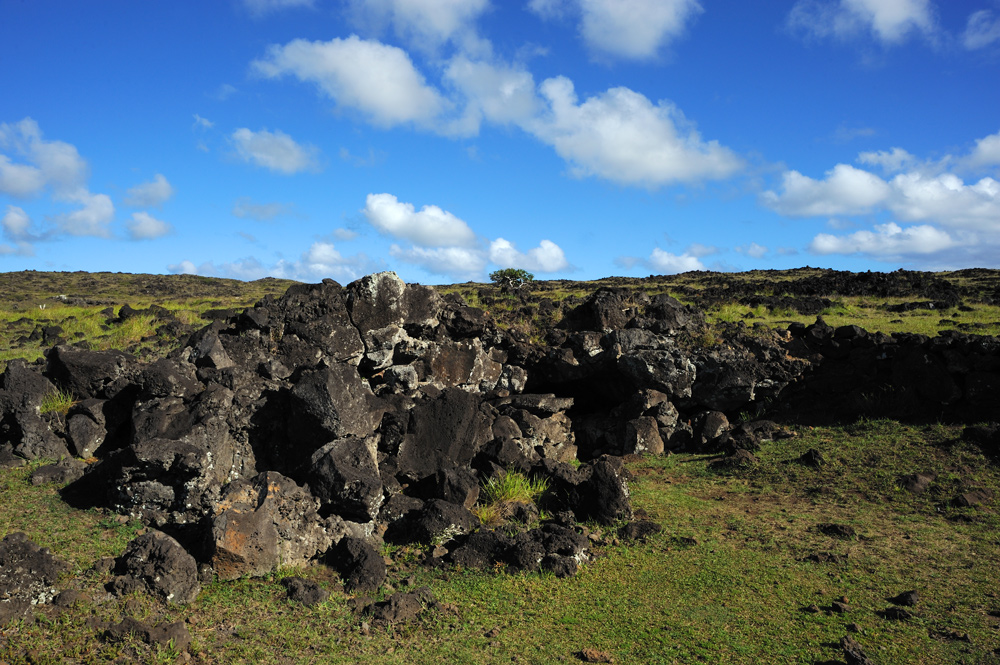
It is very narrow.
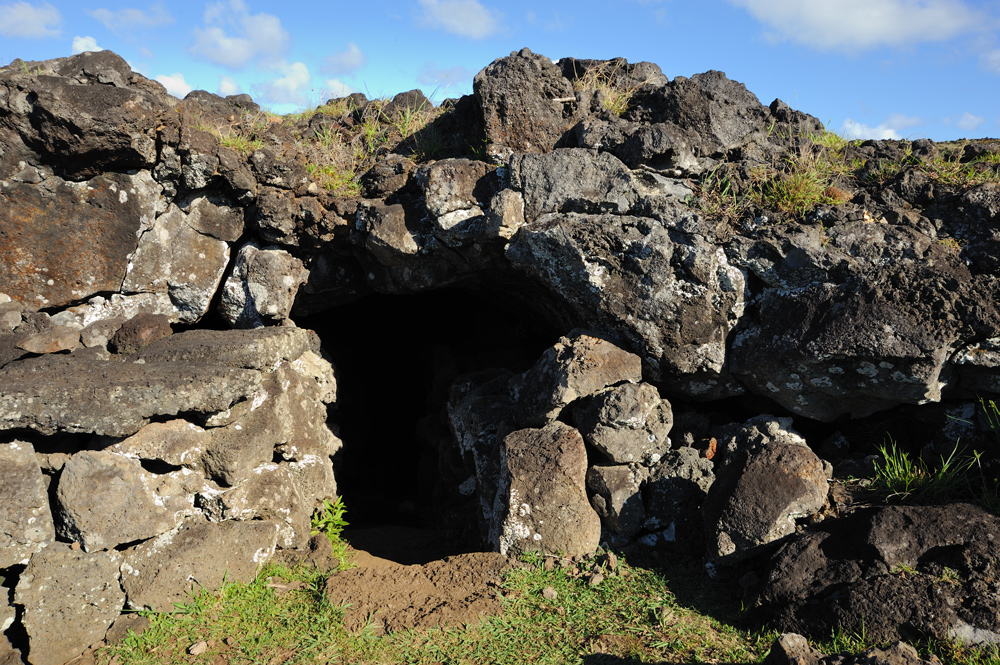
Another one is just near the cliff.
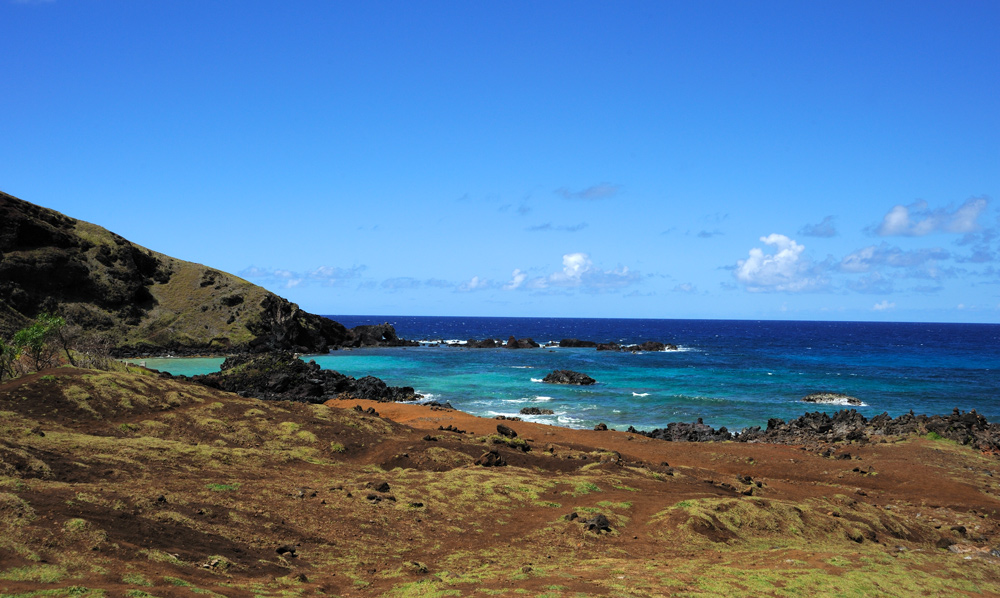
It is difficult to detect it until you are not right near it.
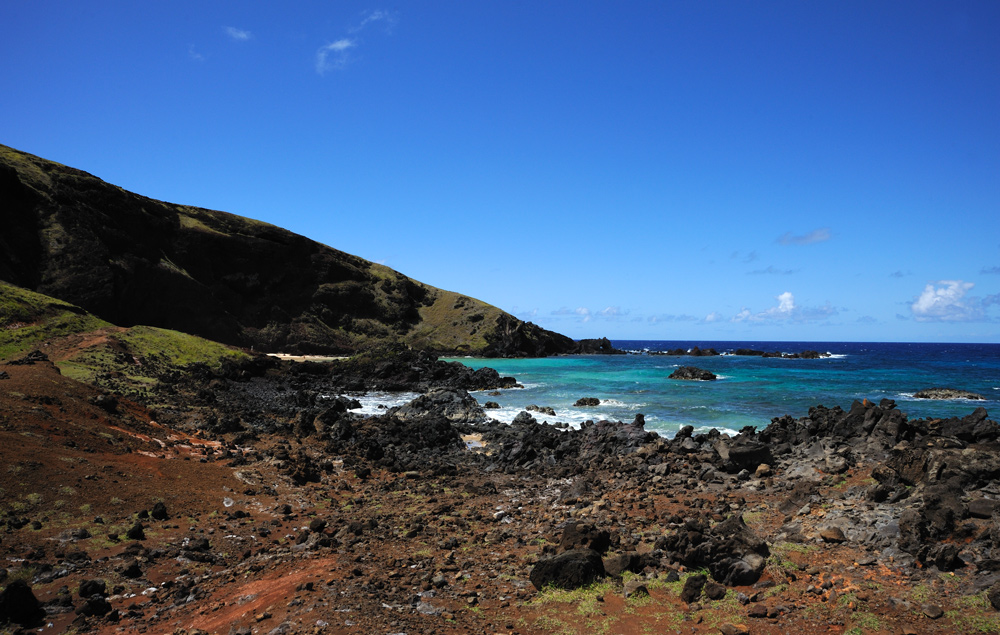
In such a way, hiding in the caves, starving, and killing each other, the islanders lived till 1860. To this time they decreased their population to 3000 people. At this time big world already knew about the island but didn’t pay real attention. Spanish came to the island in 1770, proclaimed it the Spanish territory, left the island and forgot about it forever.
Unfortunately, in 1860 Peru remembered about the island. At this moment Peruvian economy bloomed and required more new working hands. So, Peruvian came to the island and picked up half of the population including the Chief. Only old people and childer were left. The islanders were sent to dig guano that was the main export of Peru in that time. A little later the international community was alarmed, and France with Thaite forced Peru to return the islander back home. Peru submitted, but most islanders were already dead because of famine, illnesses, and harassing labour. Only fifteen left. They brought pox to the island. Epidemia killed so many people at one that nobody buried deads.
Pox survivors were prised with tuberculosis that was delivered to the island by whalers.
One way or another, only 111 people left on the island to 1880. Only 36 of them had heirs. So, all present Polynesian population of the island came from these 36 people.
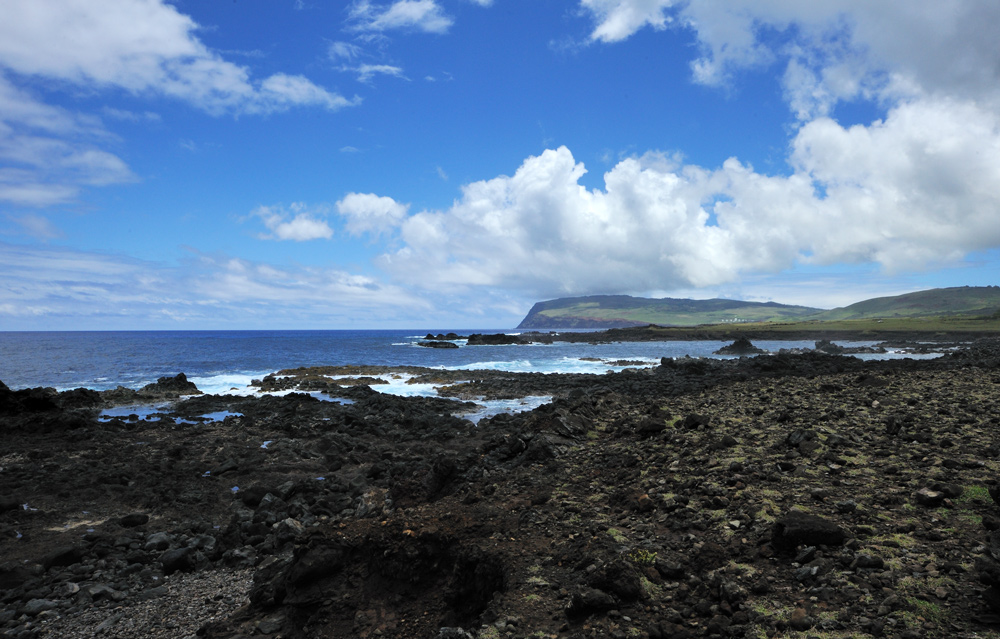
In 1888 Chile annexed the island. Until the middle of the XX century, the most part of the island was leased by a Scotch company that raised sheep.
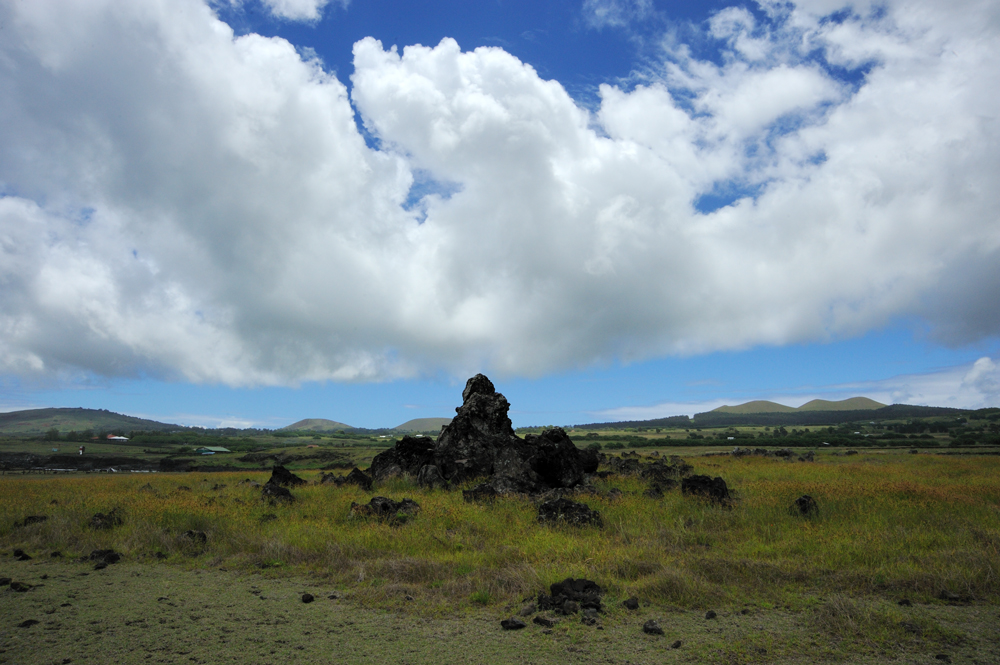
In 1966 the islanders got Chilean citizenship.
After the airport was built, tourism started to develop, some Chilean moved to the island.
About 6 thousand people live on the island now. Half of them are Chilen that moved form continent, the other half – Polinasian and metises. Amount of pure Polinasian quickly decreases because of interracial marriages.
In last years Polinasian islanders started to require the freedom form Chile although they live on Chile donations.
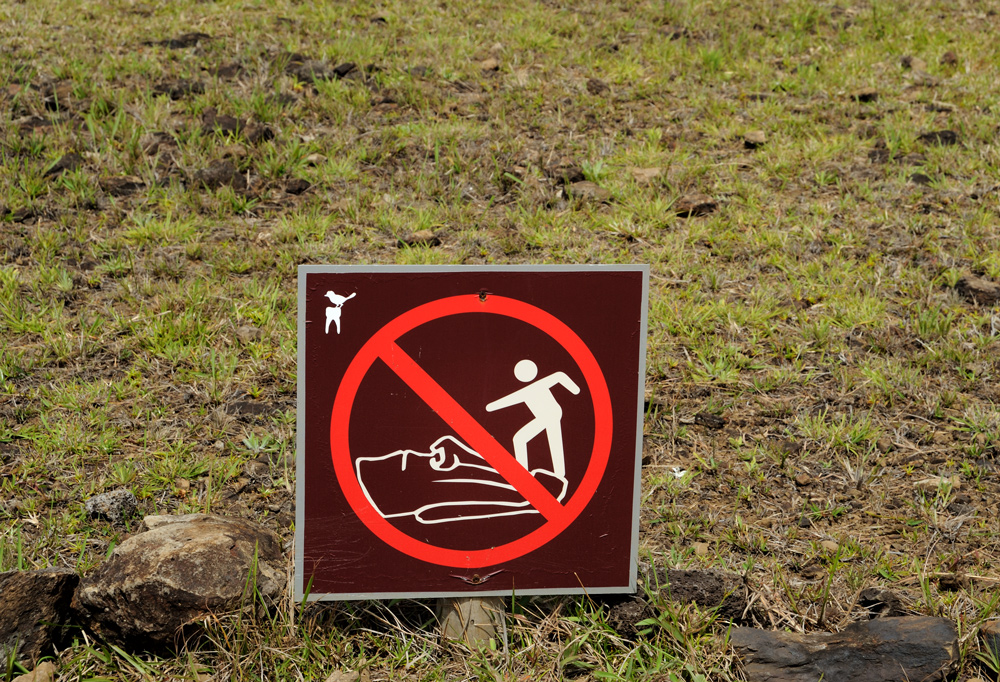
The only permanent settlement on the island is Anga-Roa.
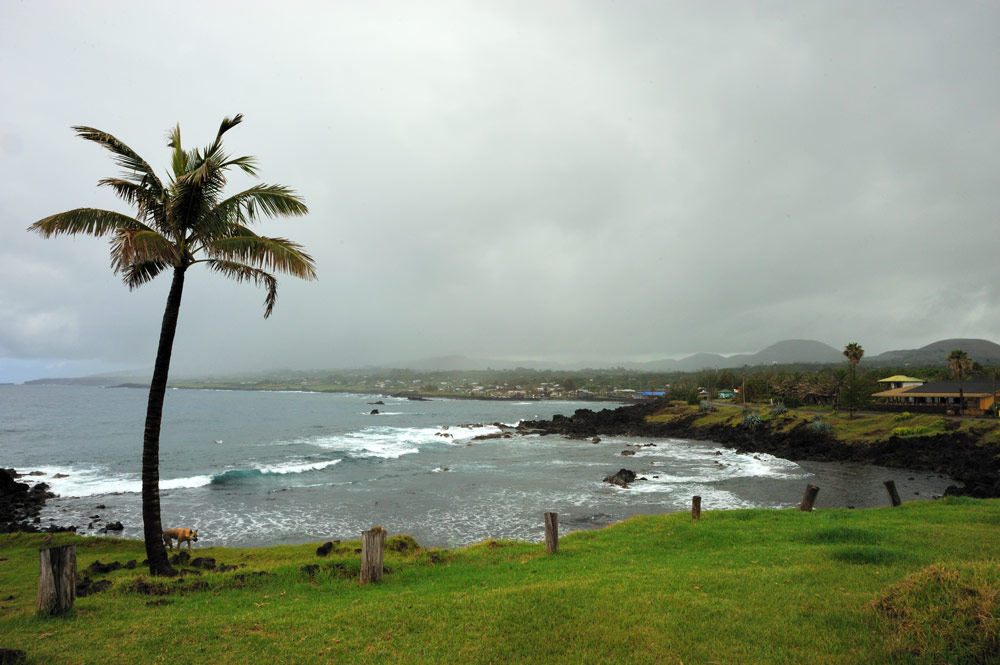
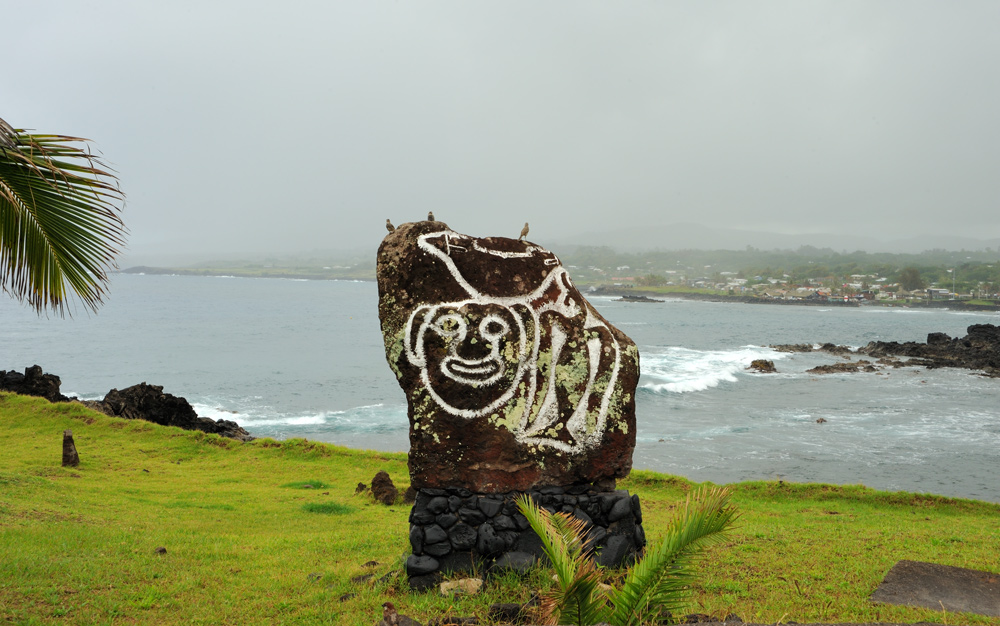
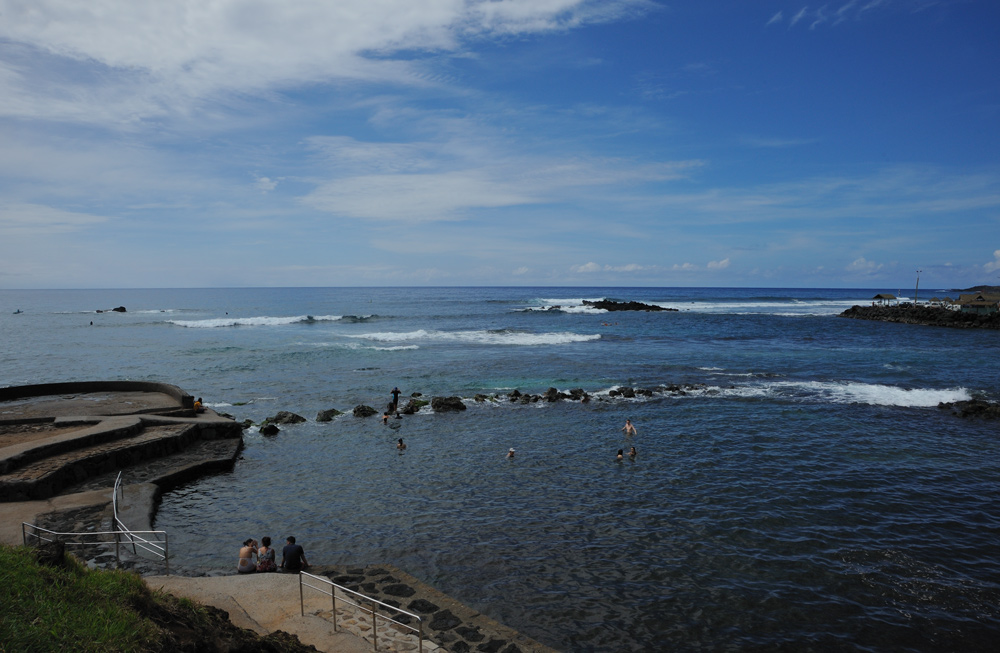
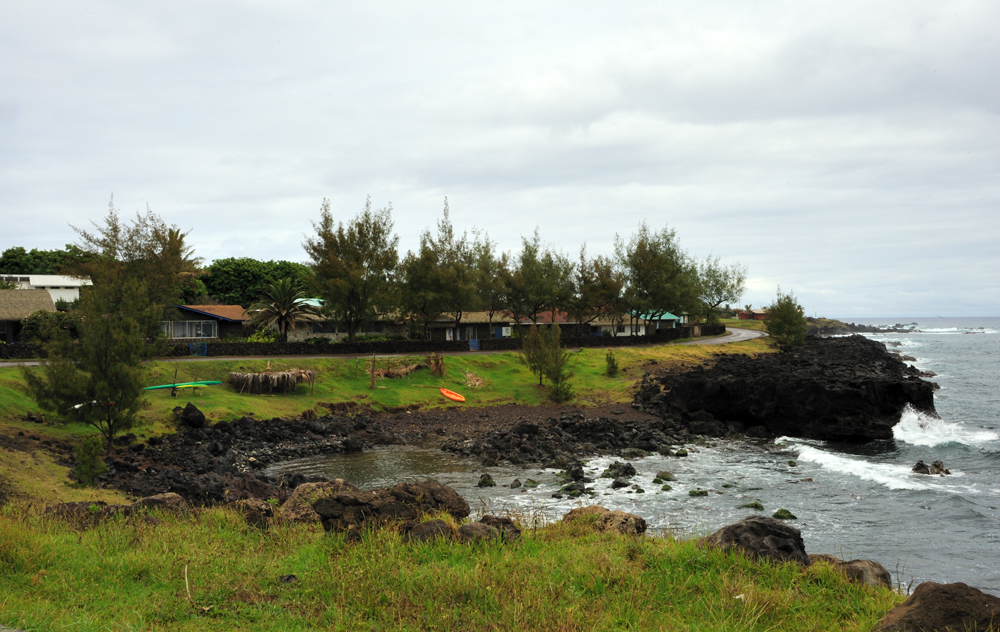
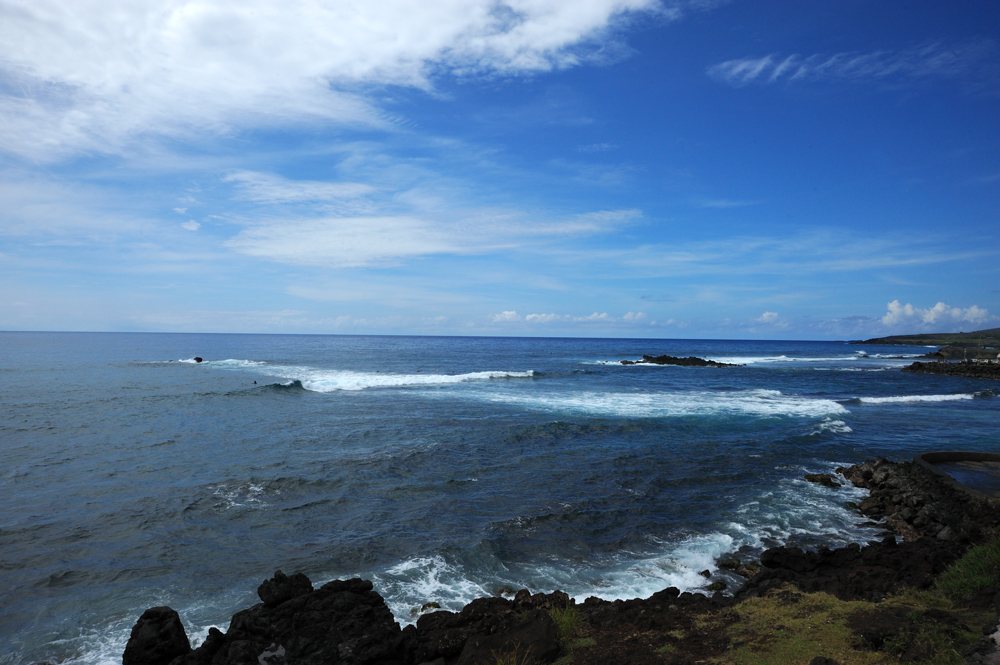
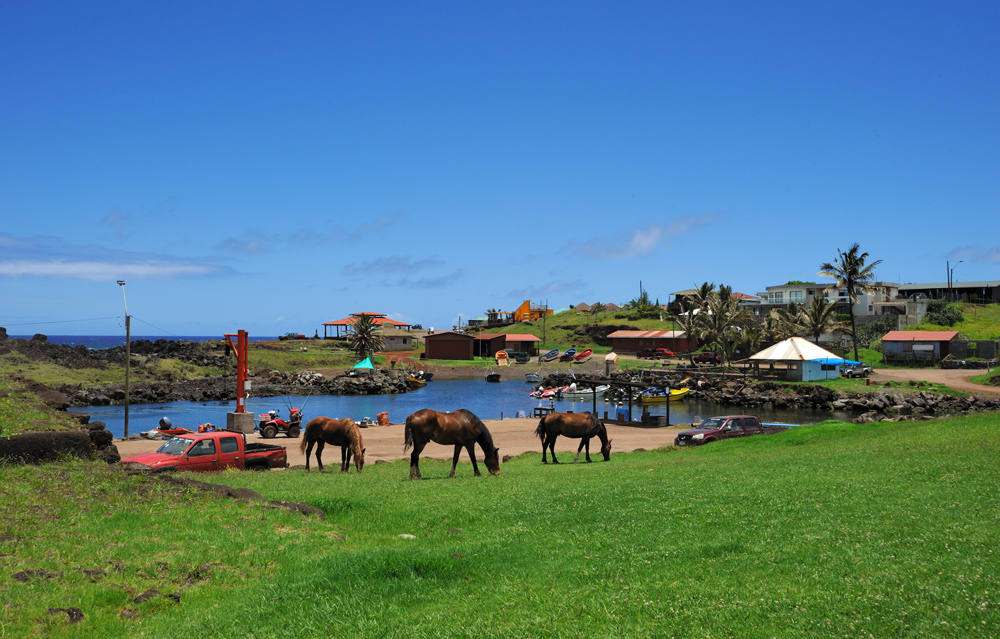
The idea of road pavement is not close to the islanders.
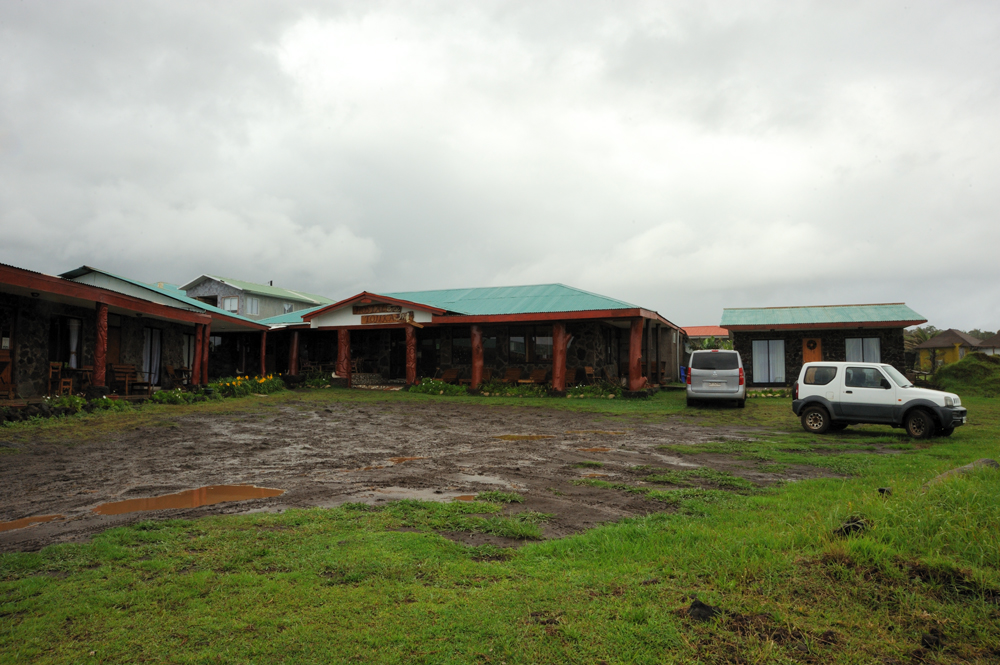
This is the entrance to the non-cheap hotel. According to US reality non-cheap. The island is not a cheap place at all. However, the idea to cover the huge mad pond with at last gravel doesn’t come to the mind of owners. Possibly they think that it gives some local colour to the place.
Actually, there are some paved roads in the town, but their quality is stunning. I have never seen so many holes per square meter of the road. Look like, the heirs of ancient sculptors cannot stop strike the stones. Rano Raracu is protected now, so they use the road to please old habit.
The central street has some lights, others don’t need.
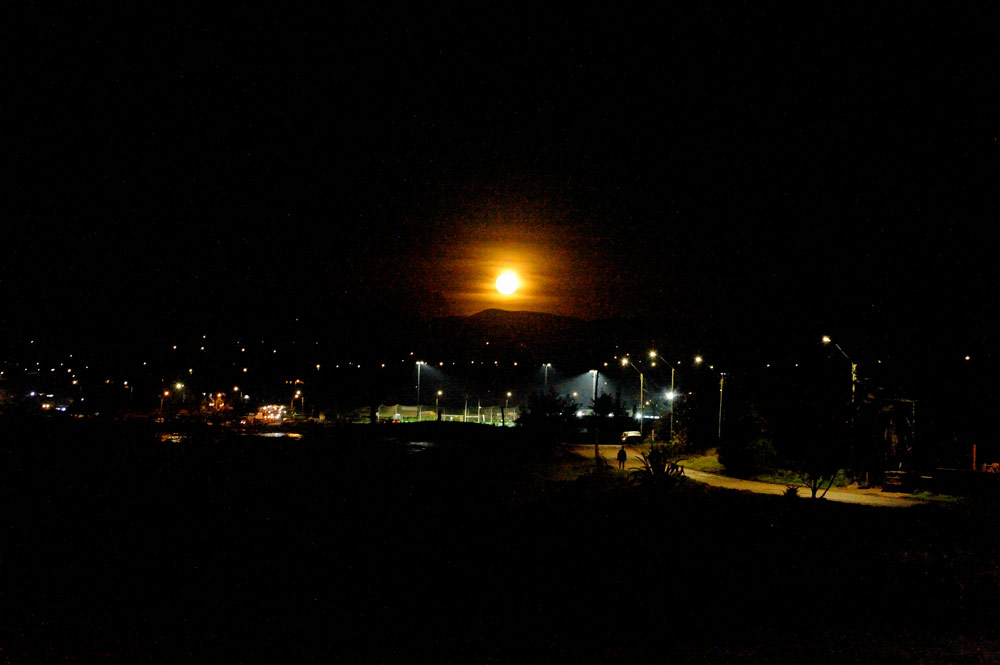
The island is expensive, so cheap offers should be judged with care. We know it now but didn’t before. Our new (just open) cheap hotel (actually, the numbers of bungalows) was some remodelled hen houses. The farmer adapts his farm for new business.
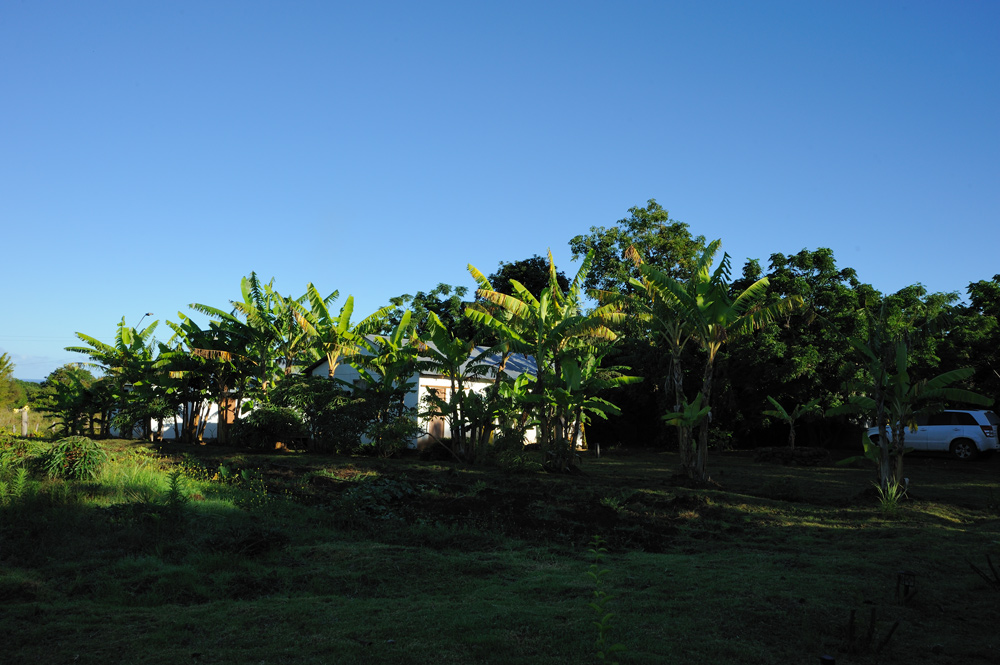
Unfortunate hens walked between banana plants. They tried to return their homes back.
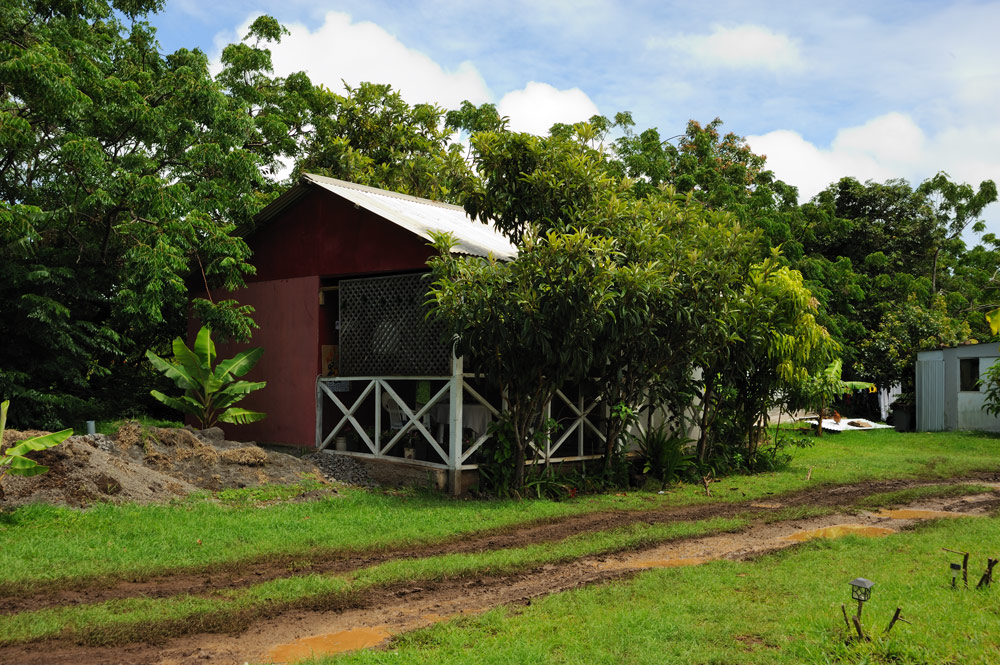
I skip the interior, although it was quite decorated, not every mind can resist such a view.
However, the town is green, thanks for the climate and soil, everything would grow easily, just plant it.
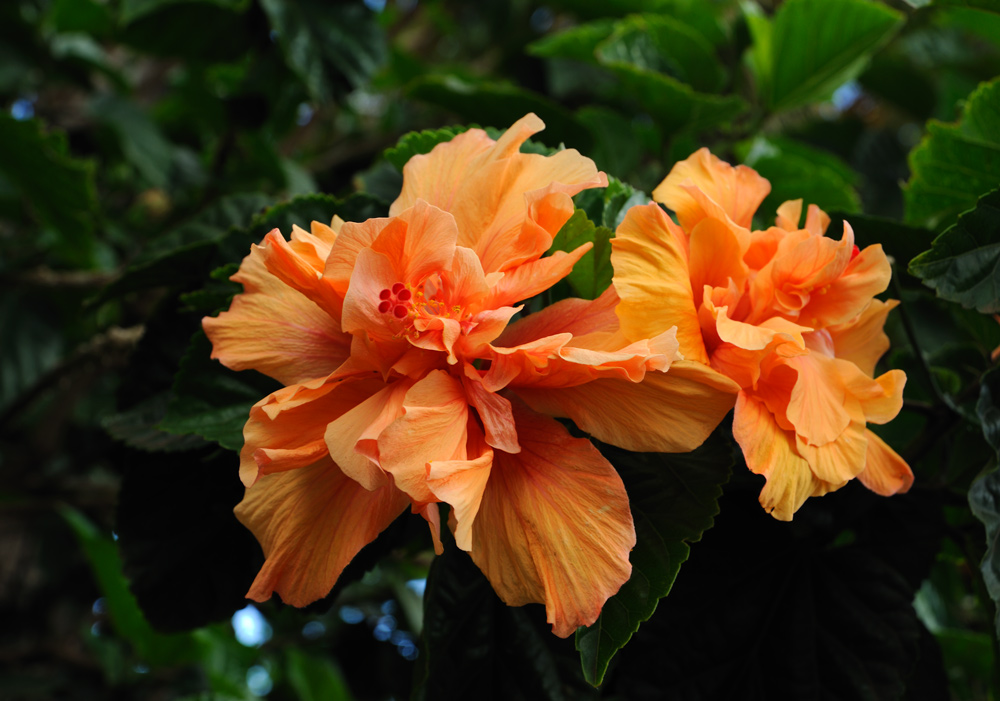
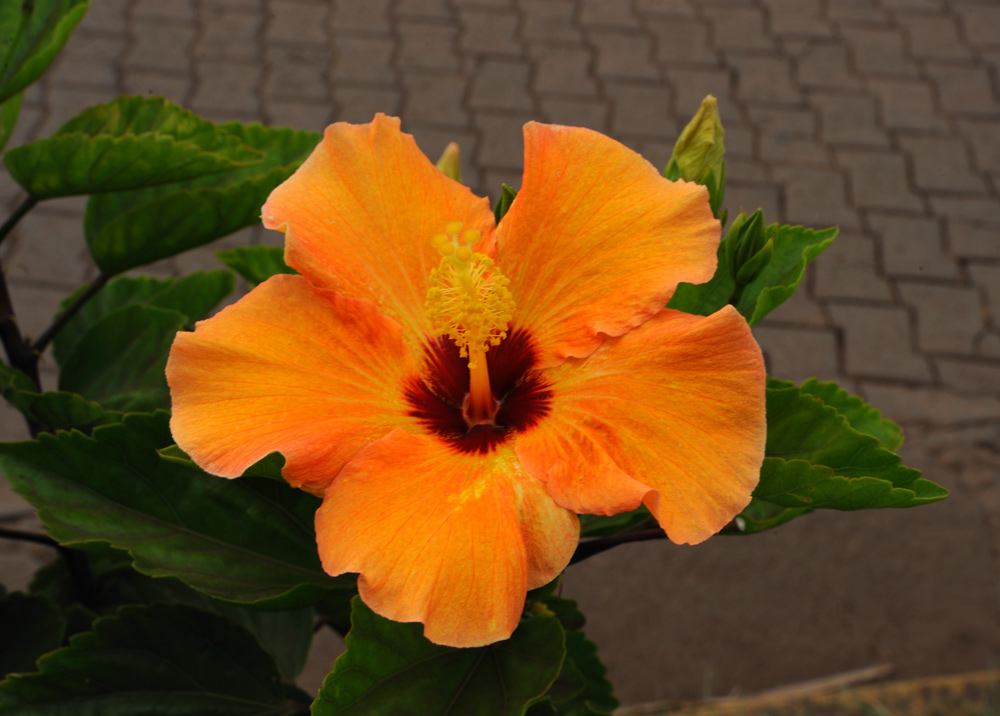
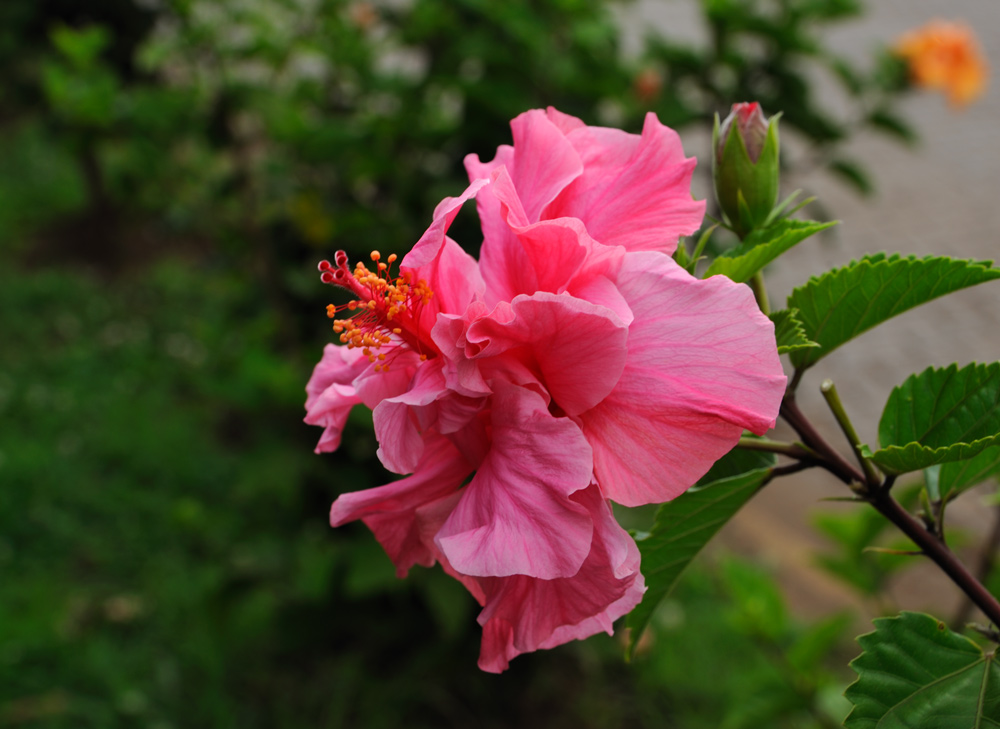
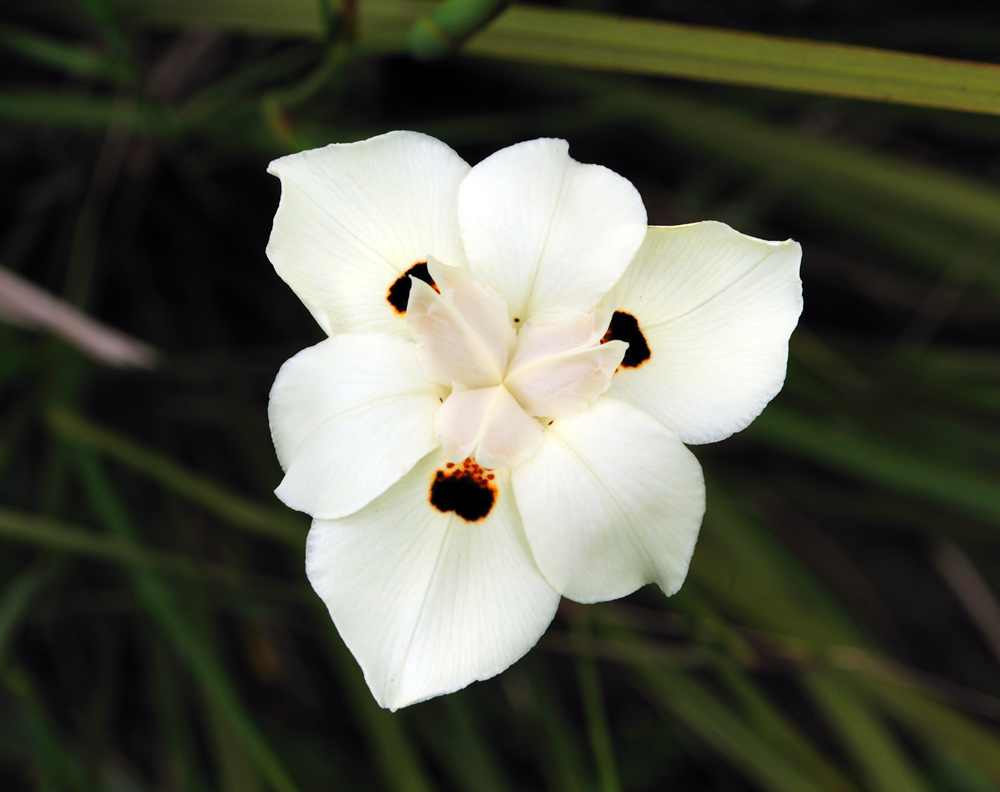
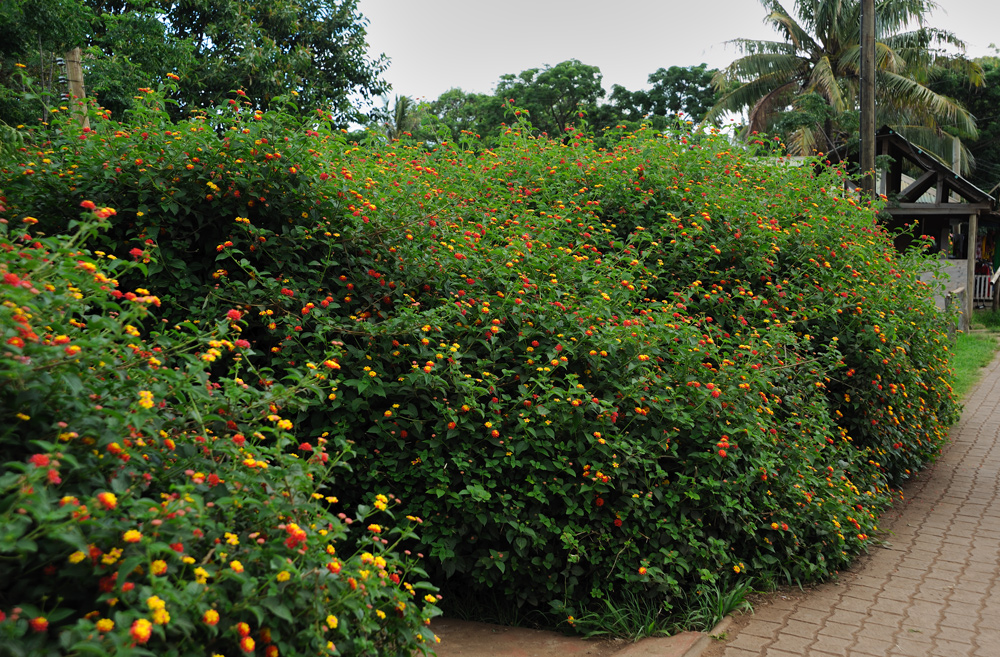
This is the end of my story about the Eastern Island.
Just more island views.
